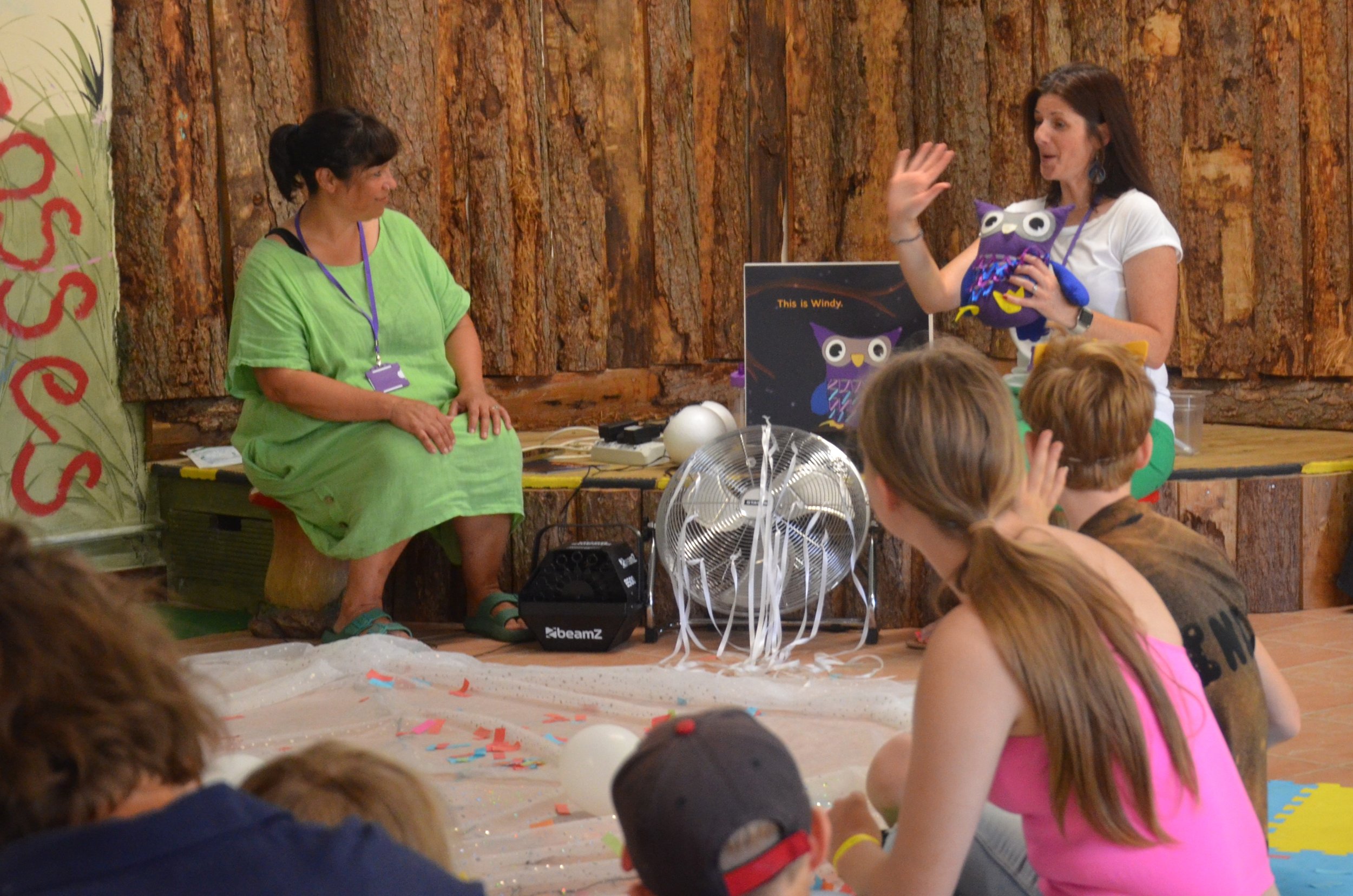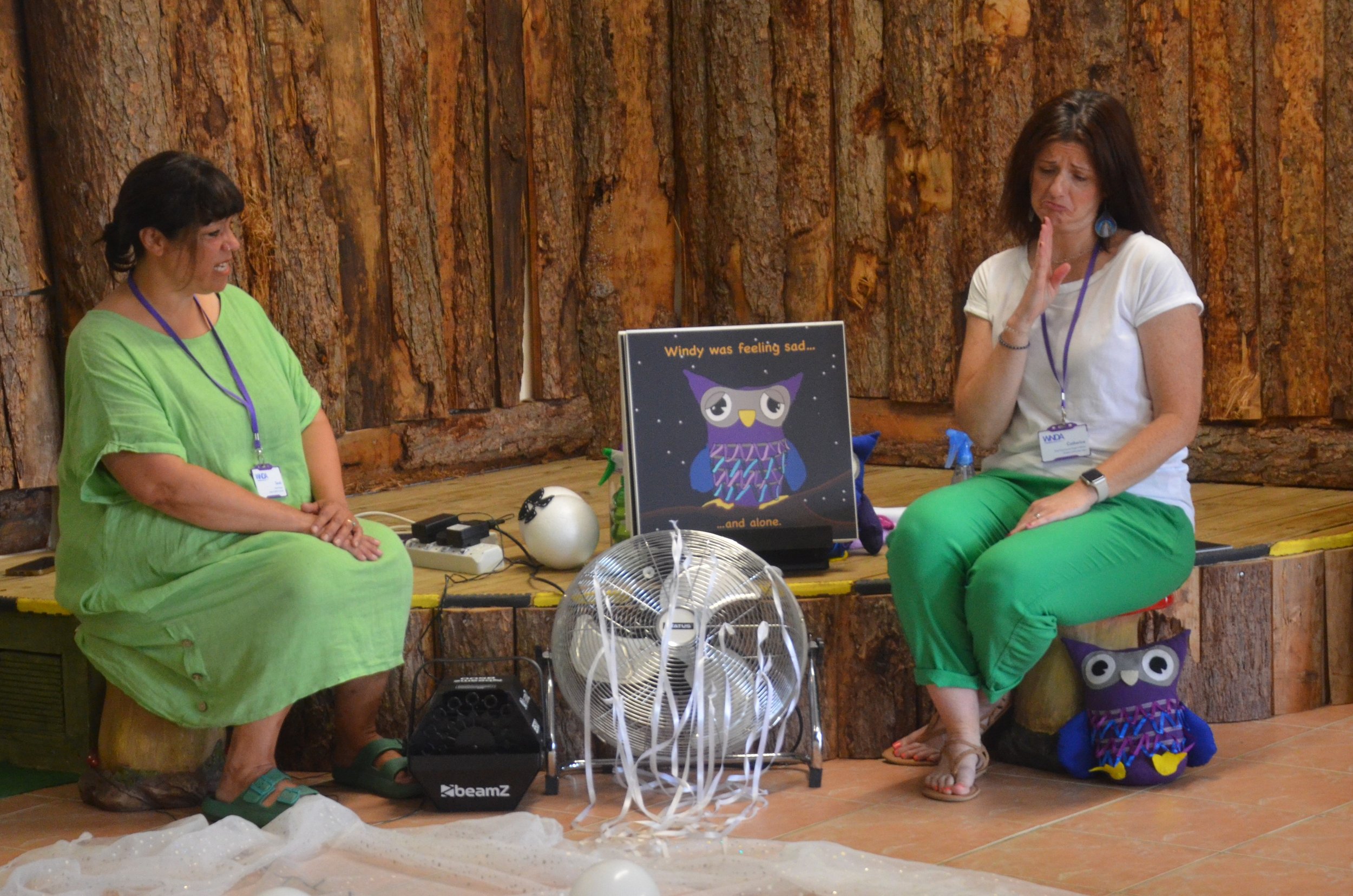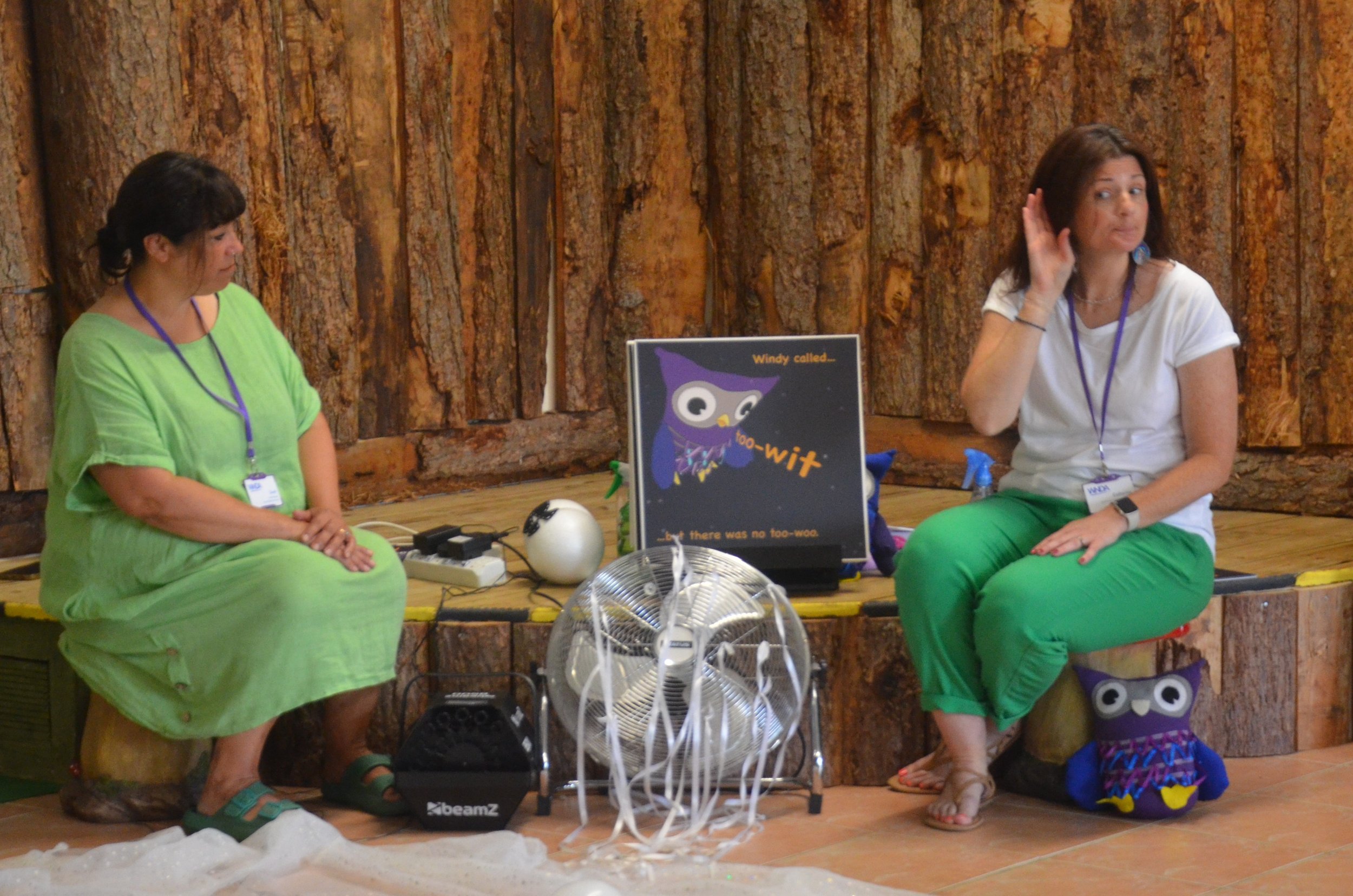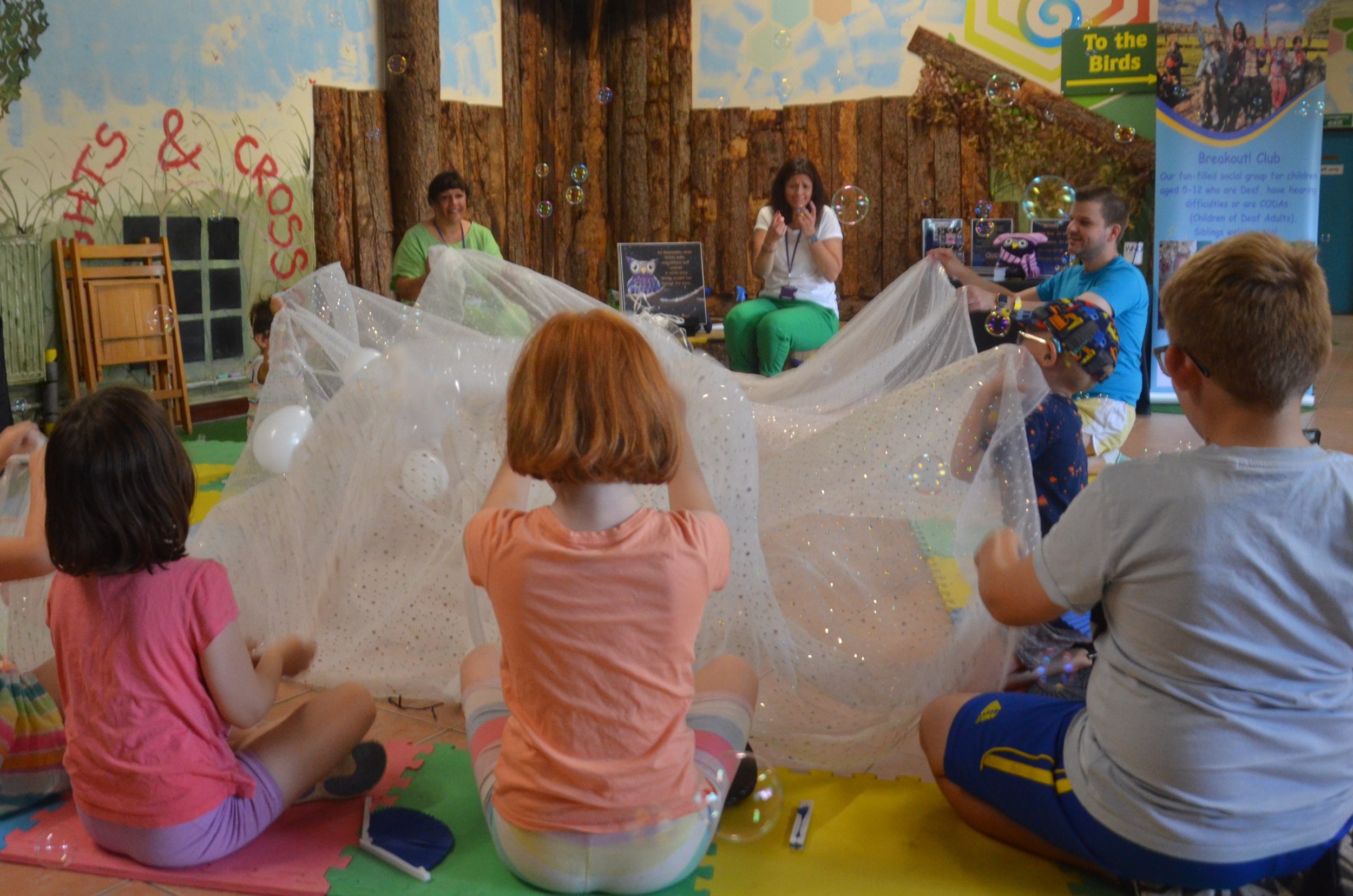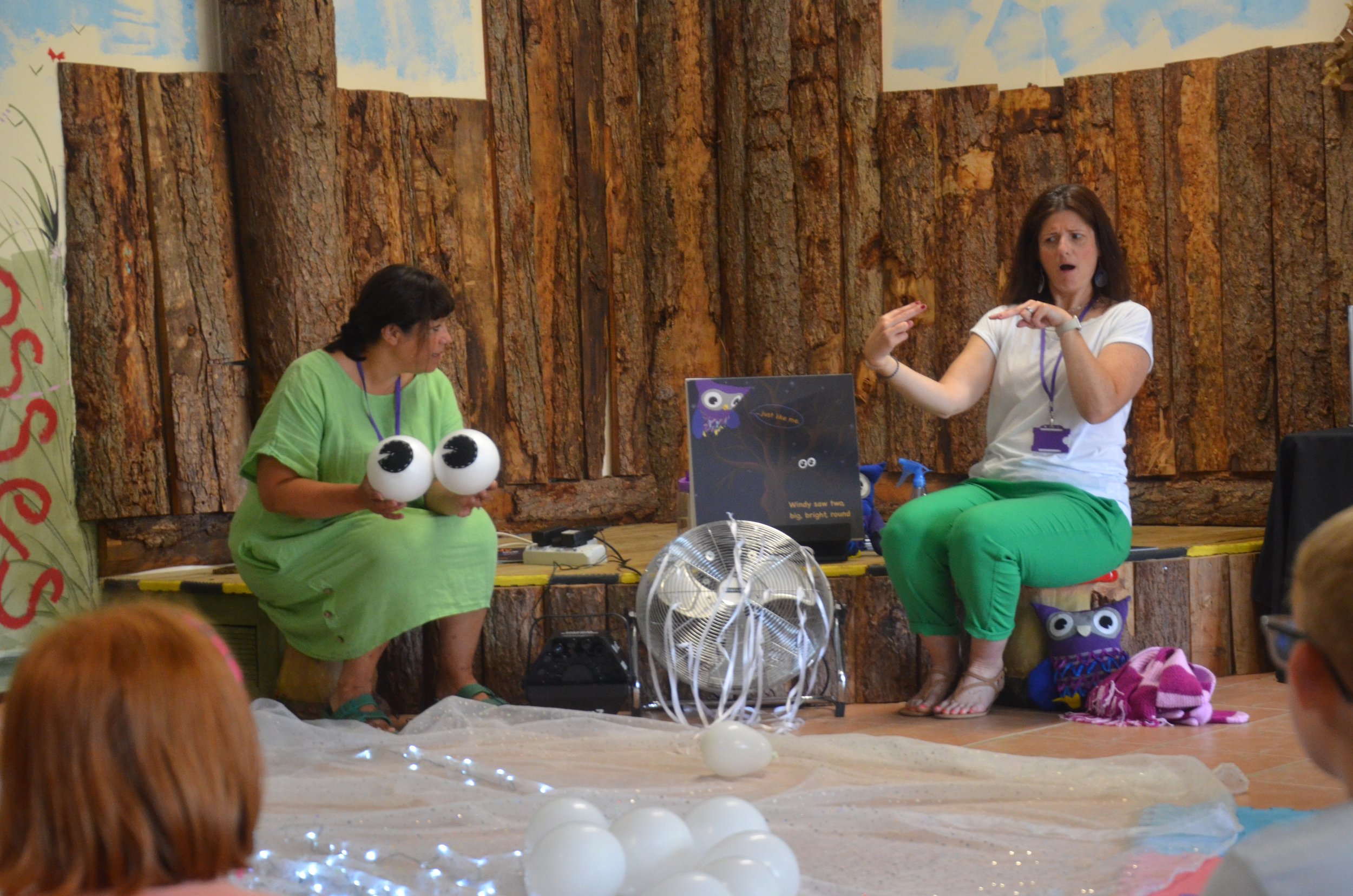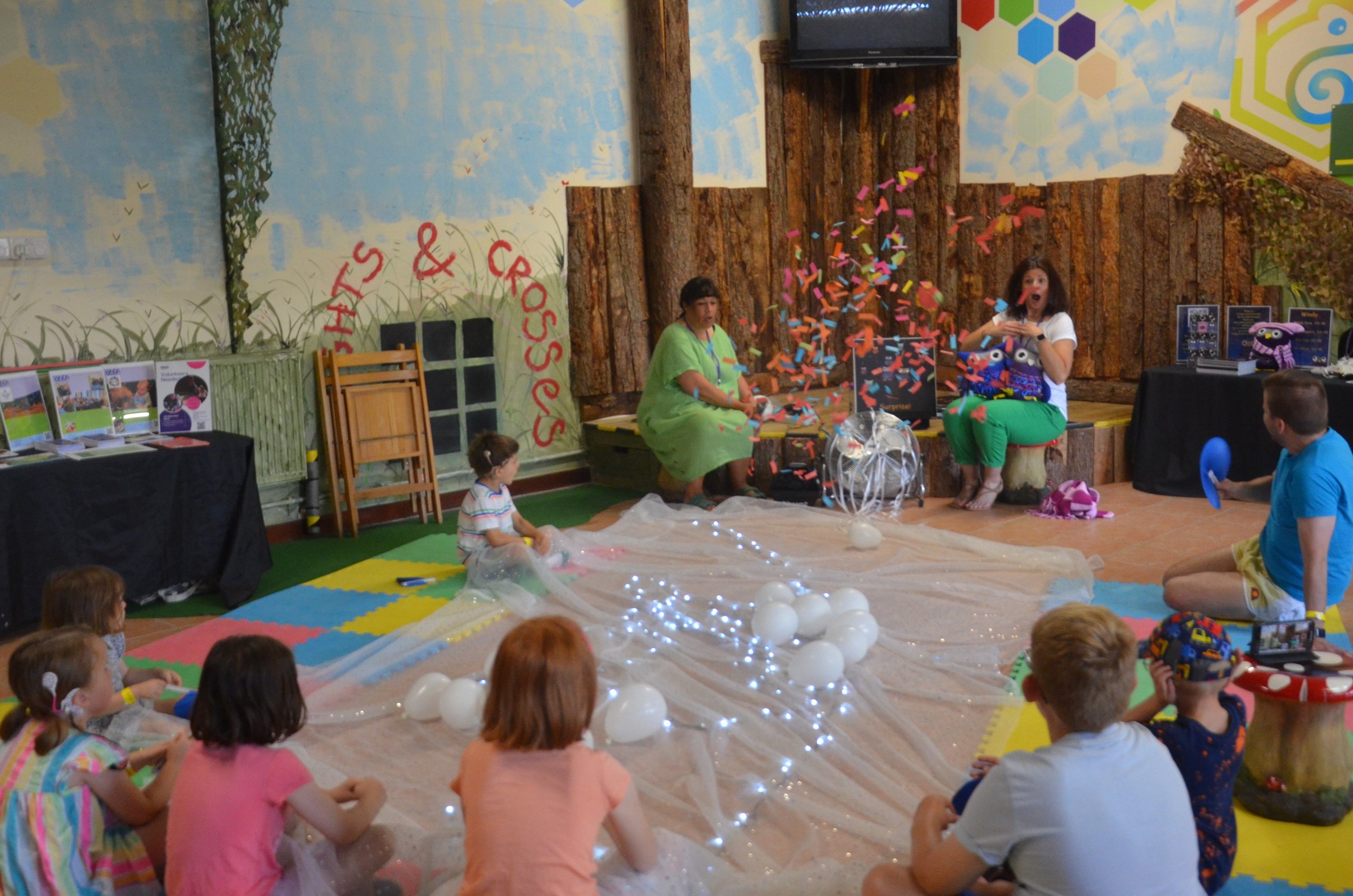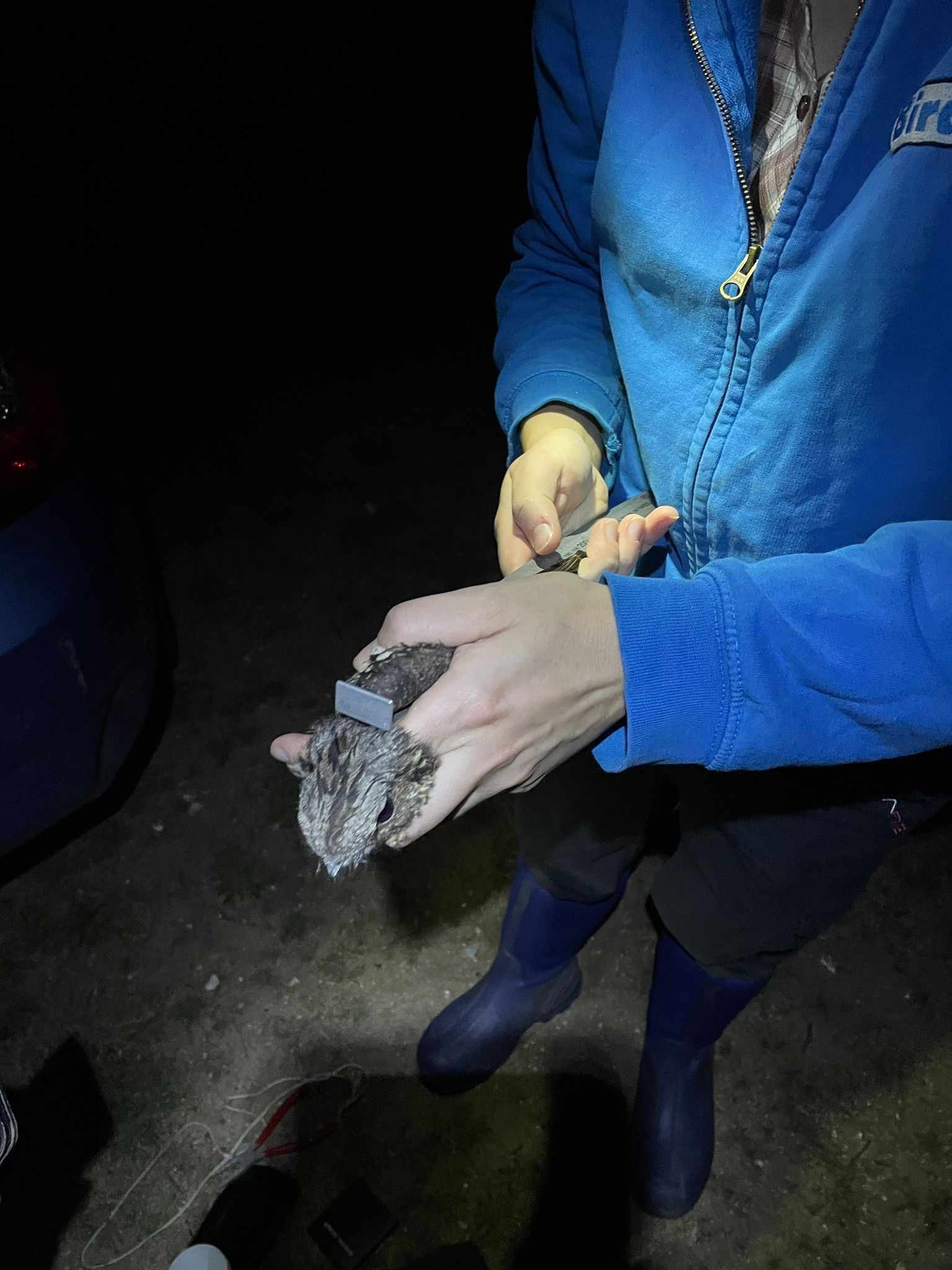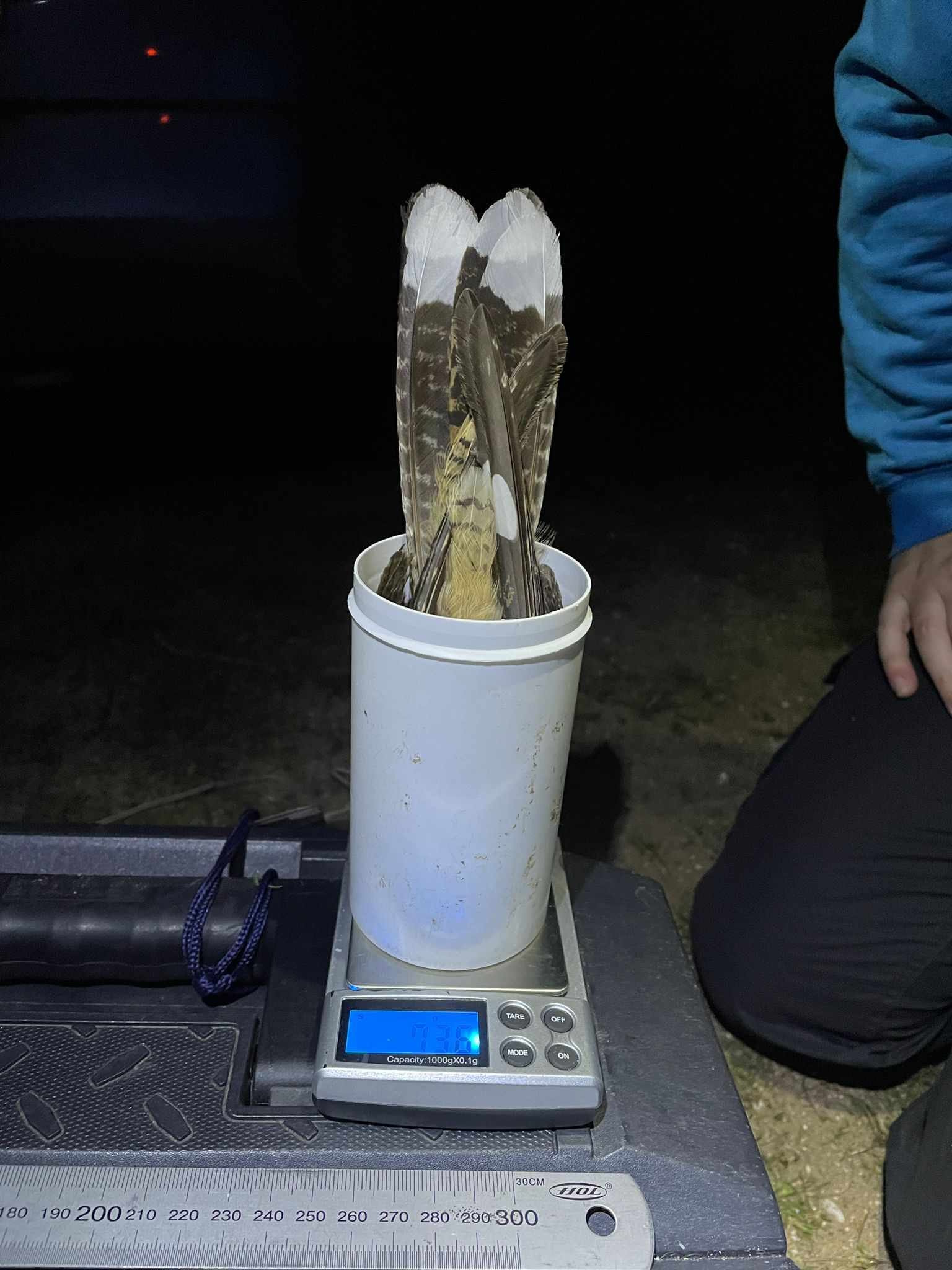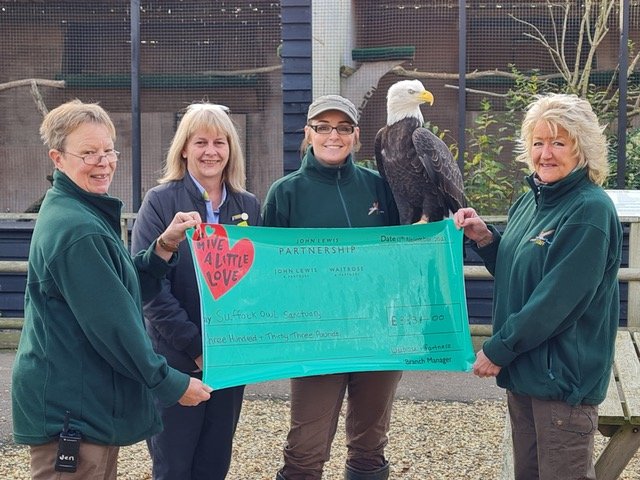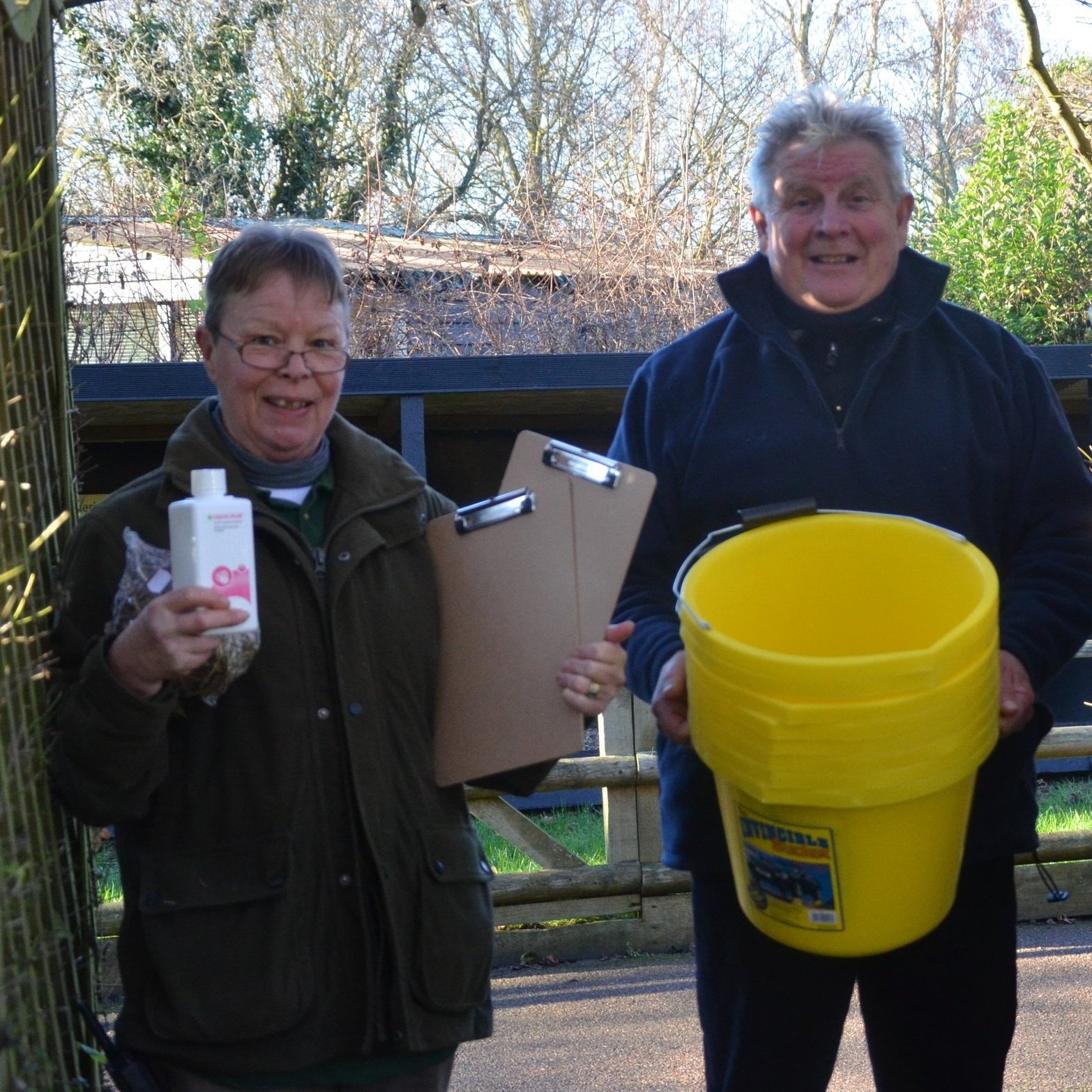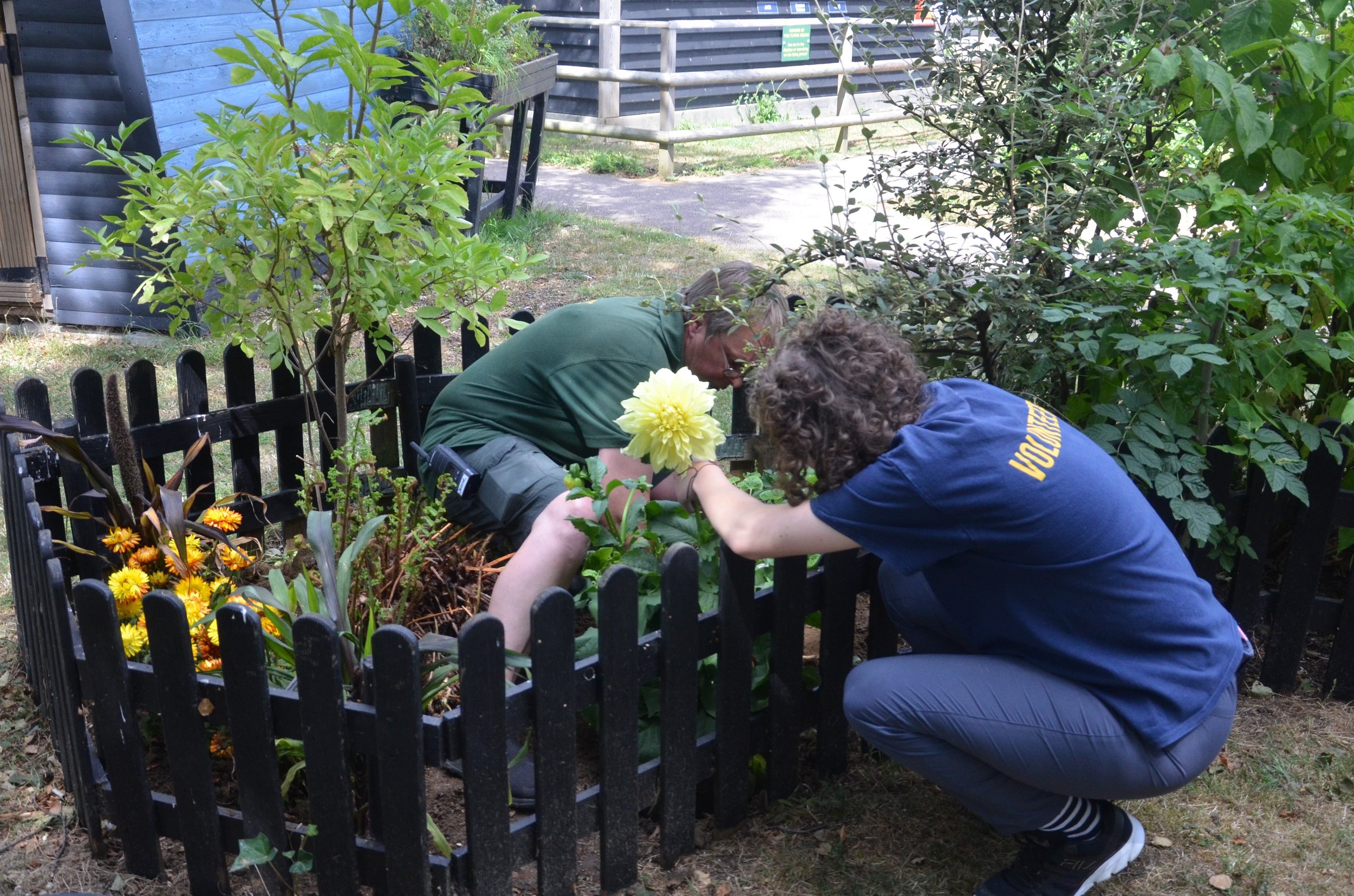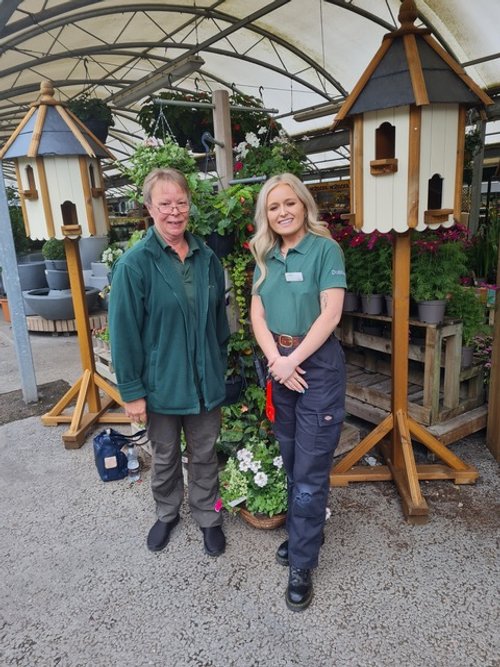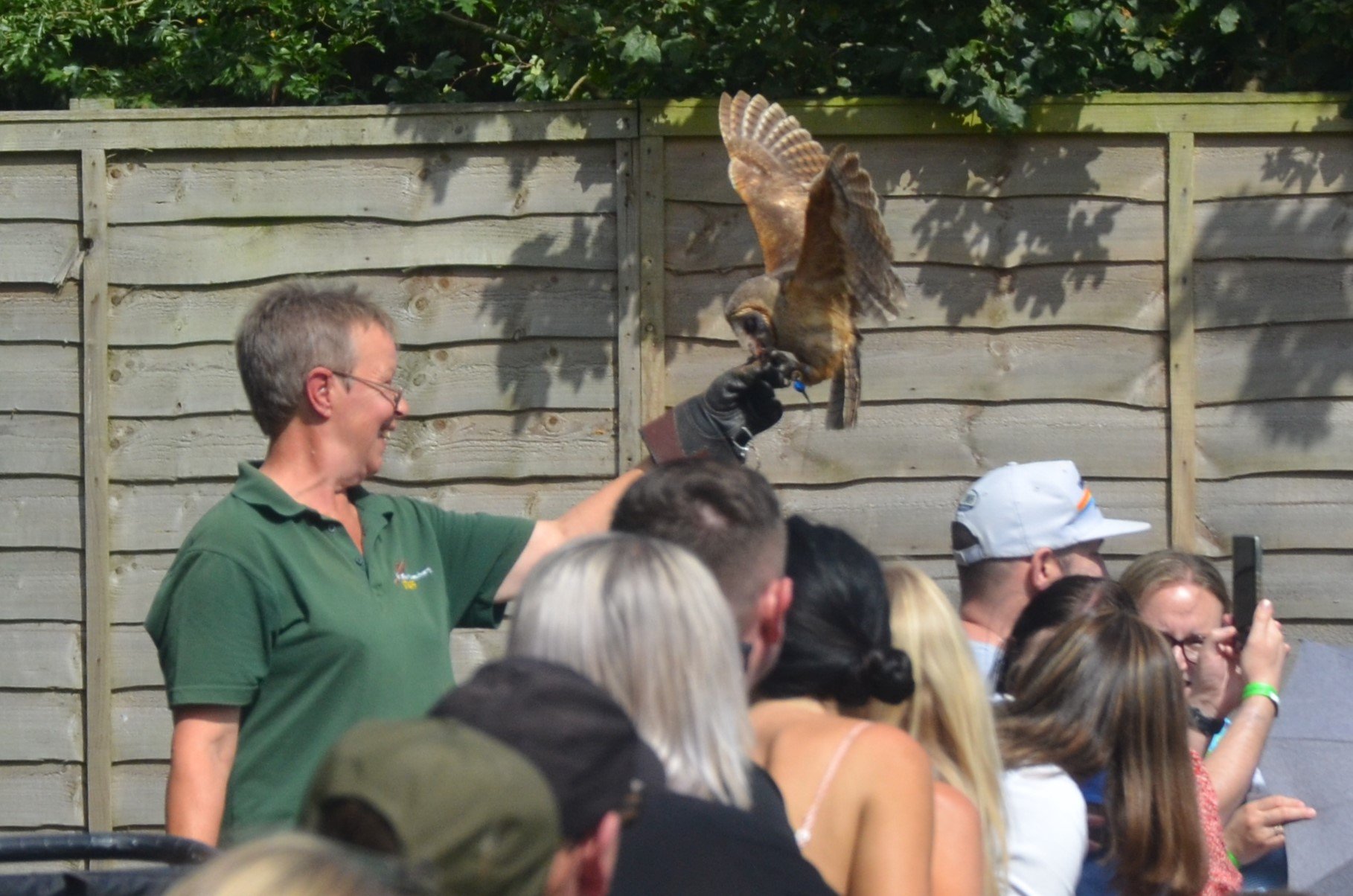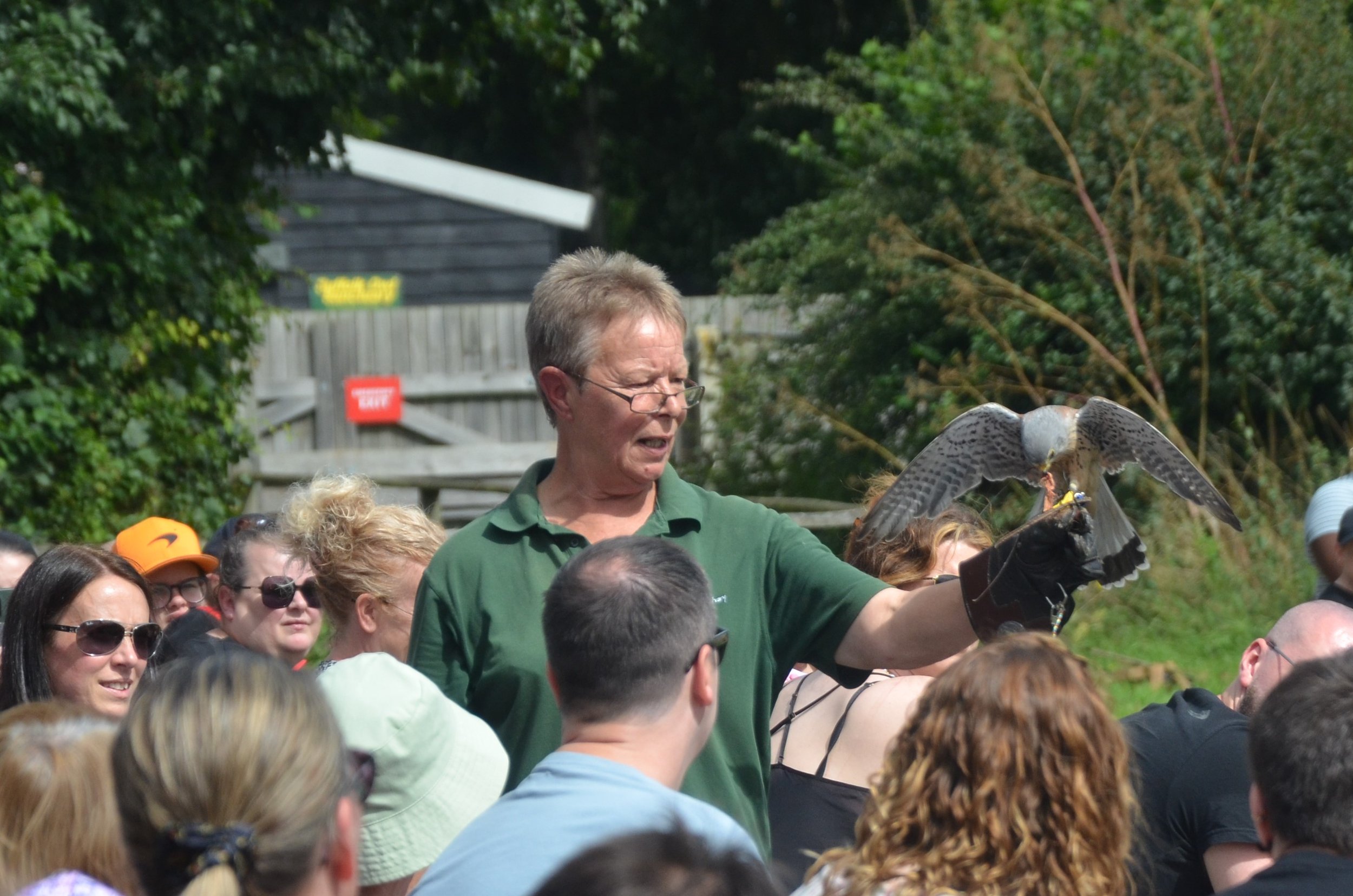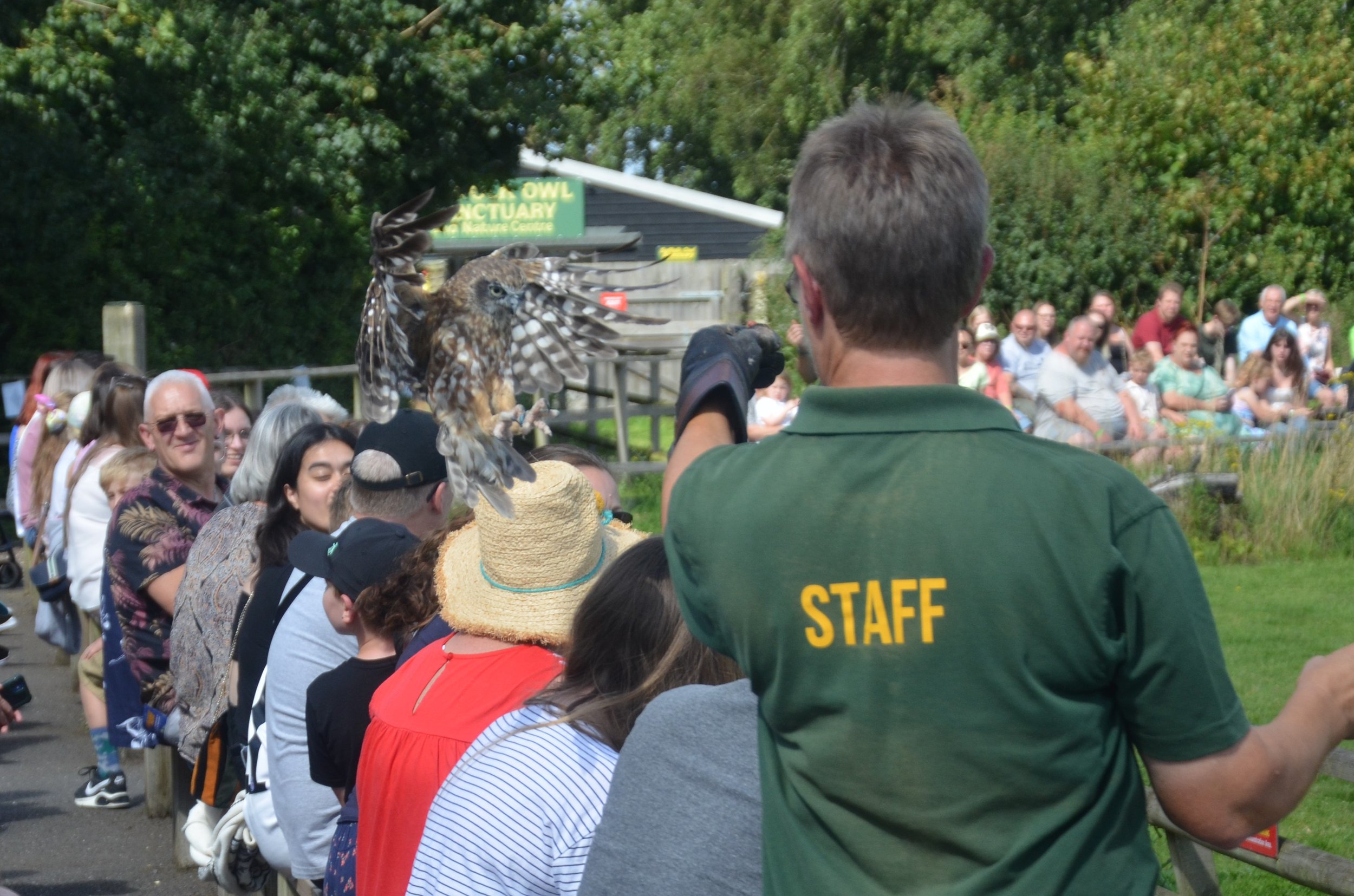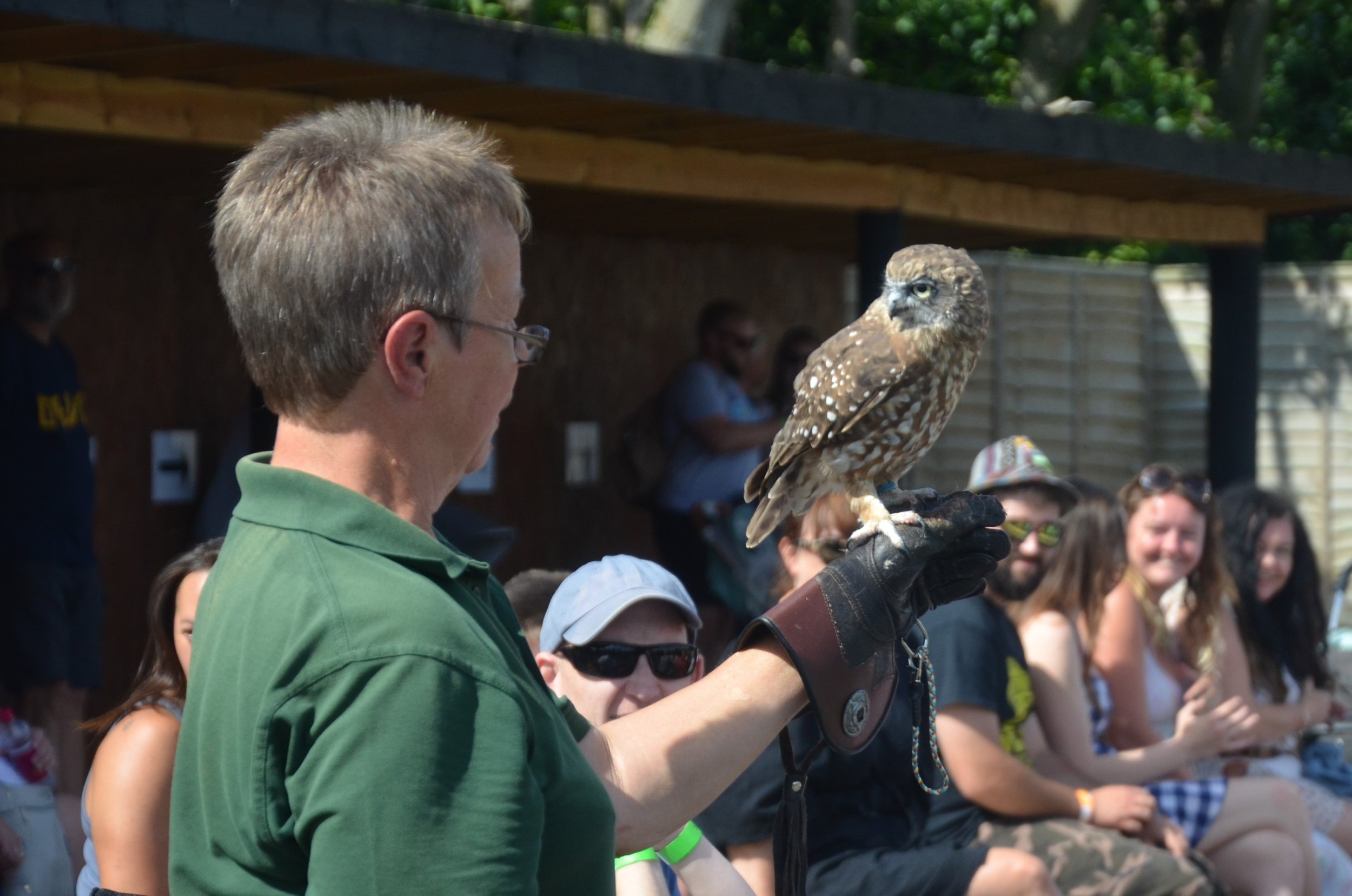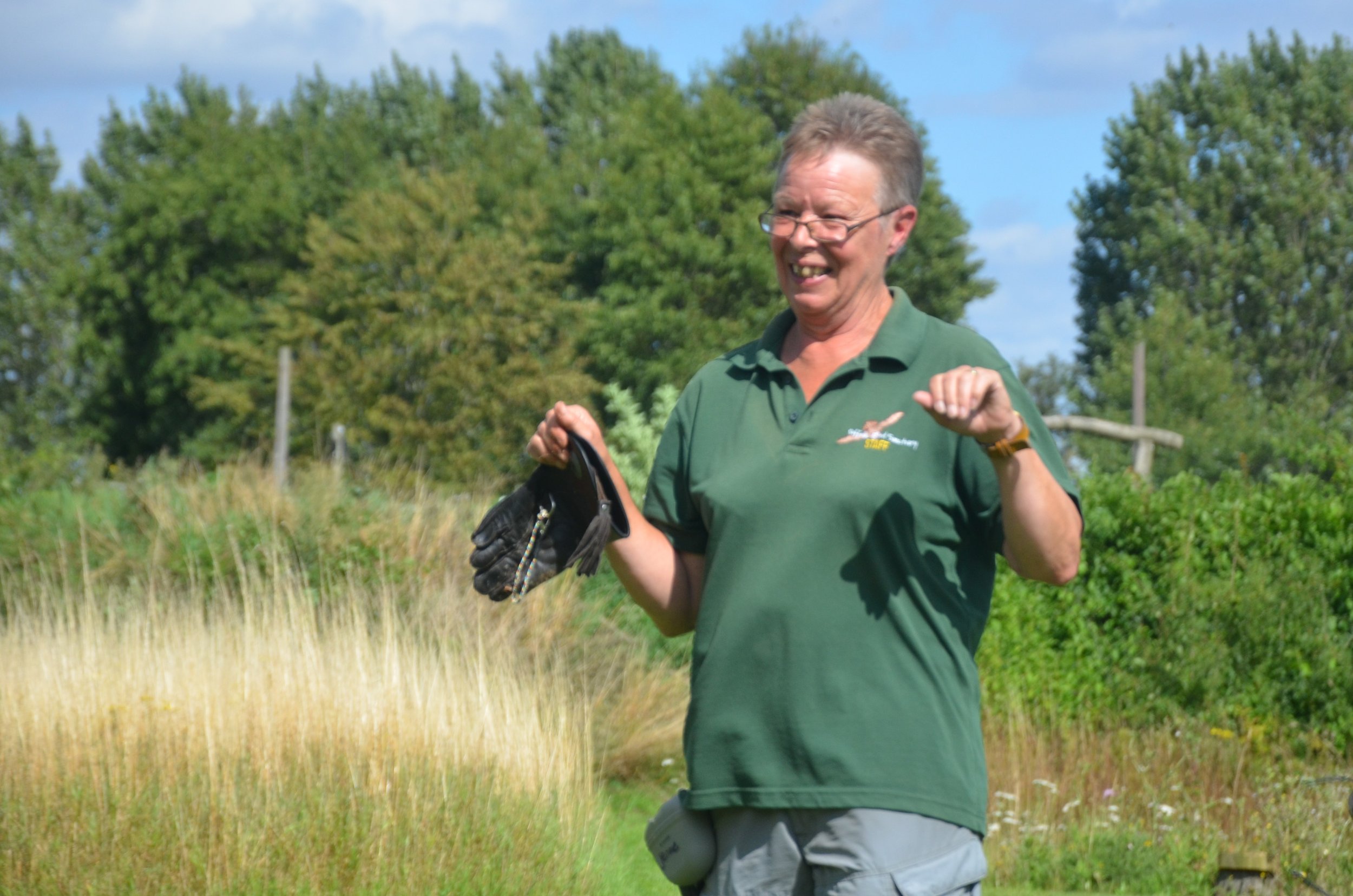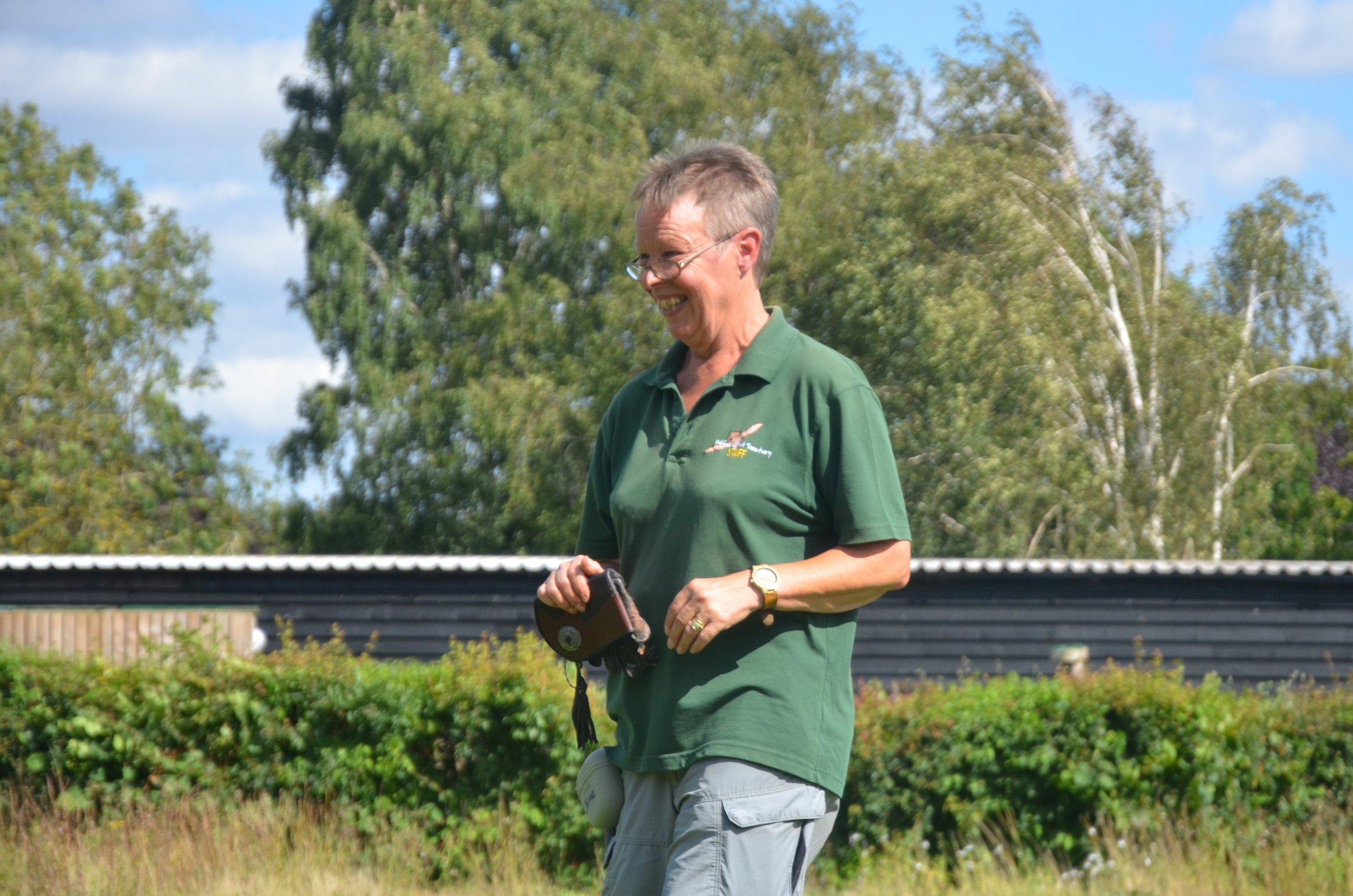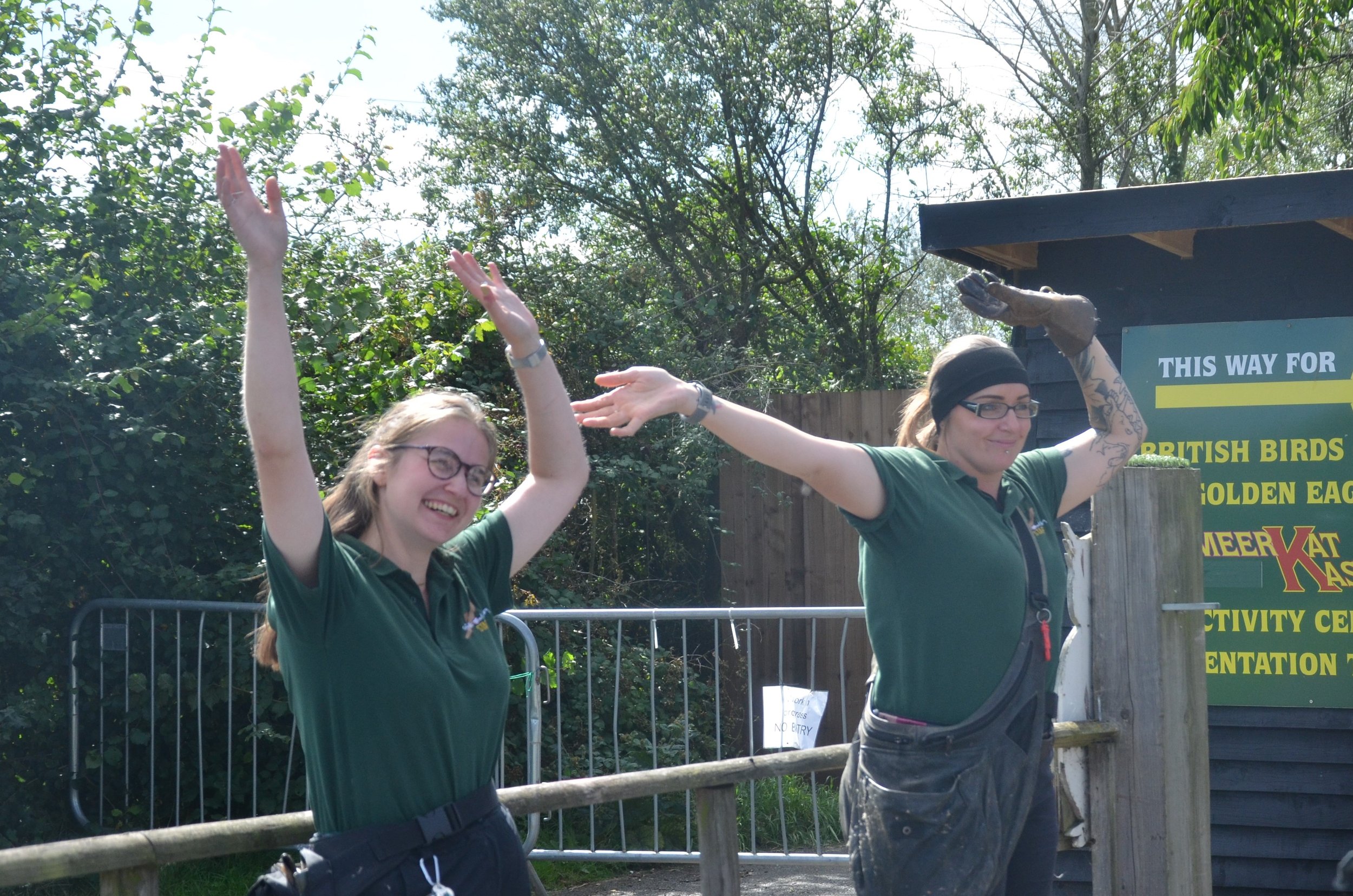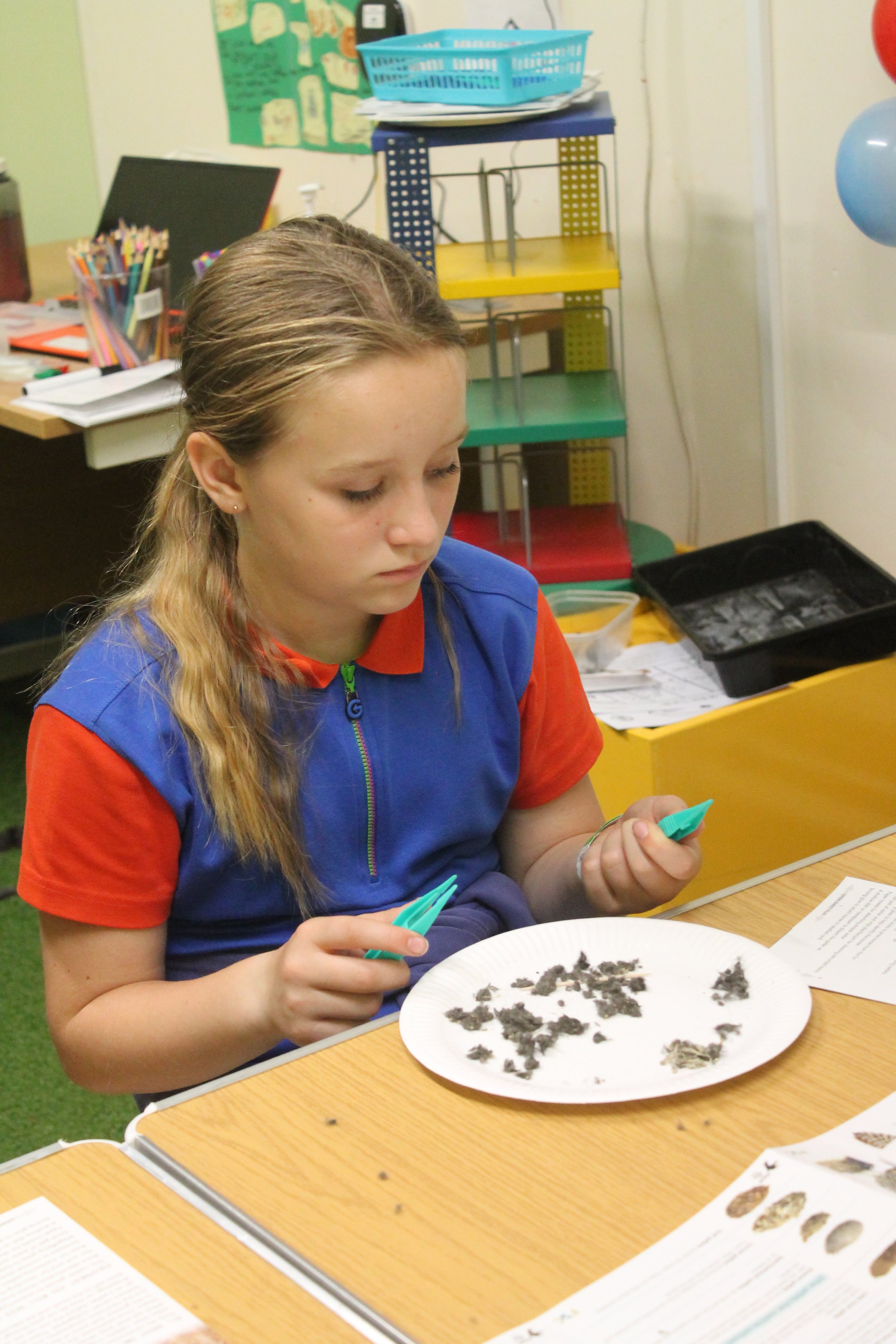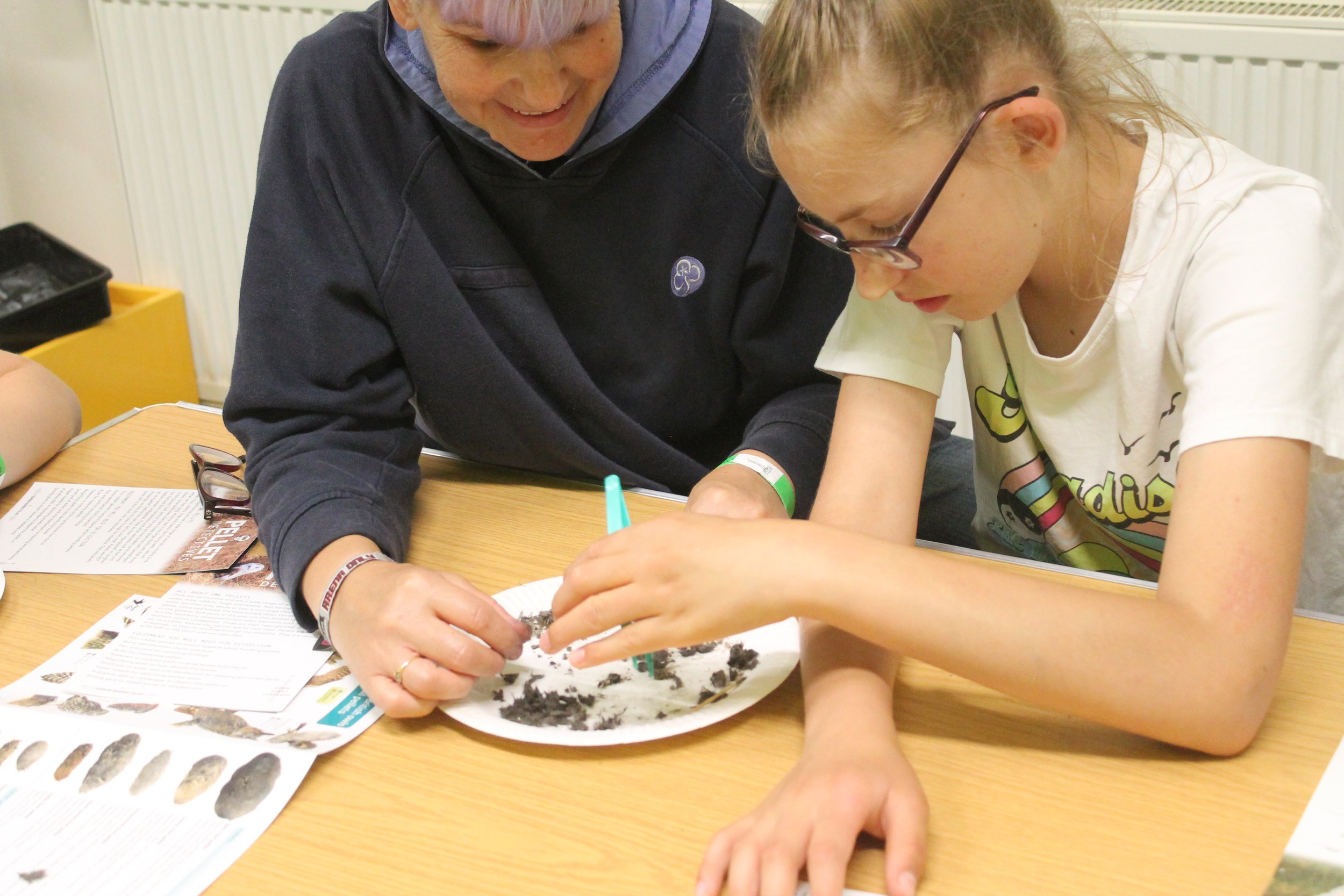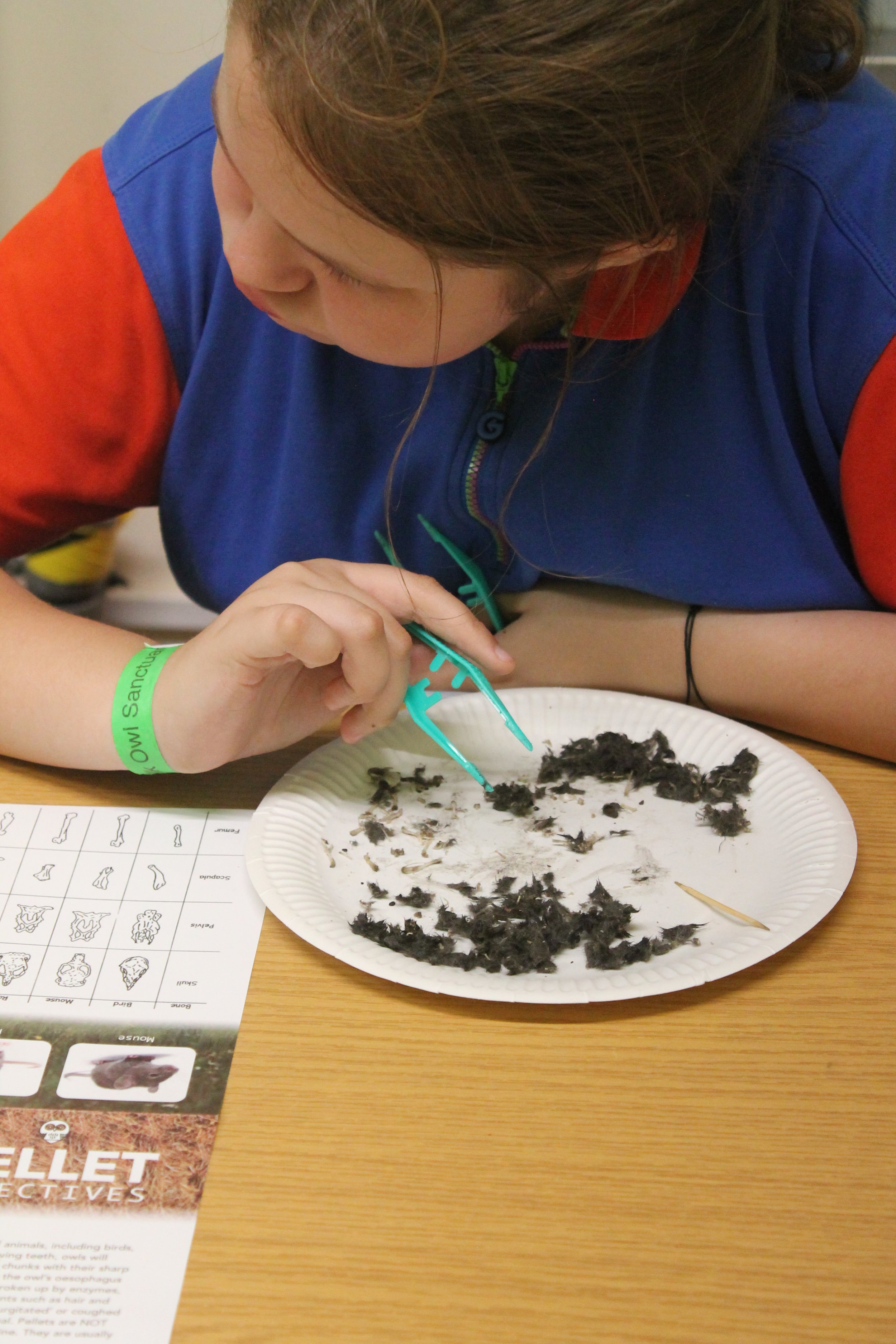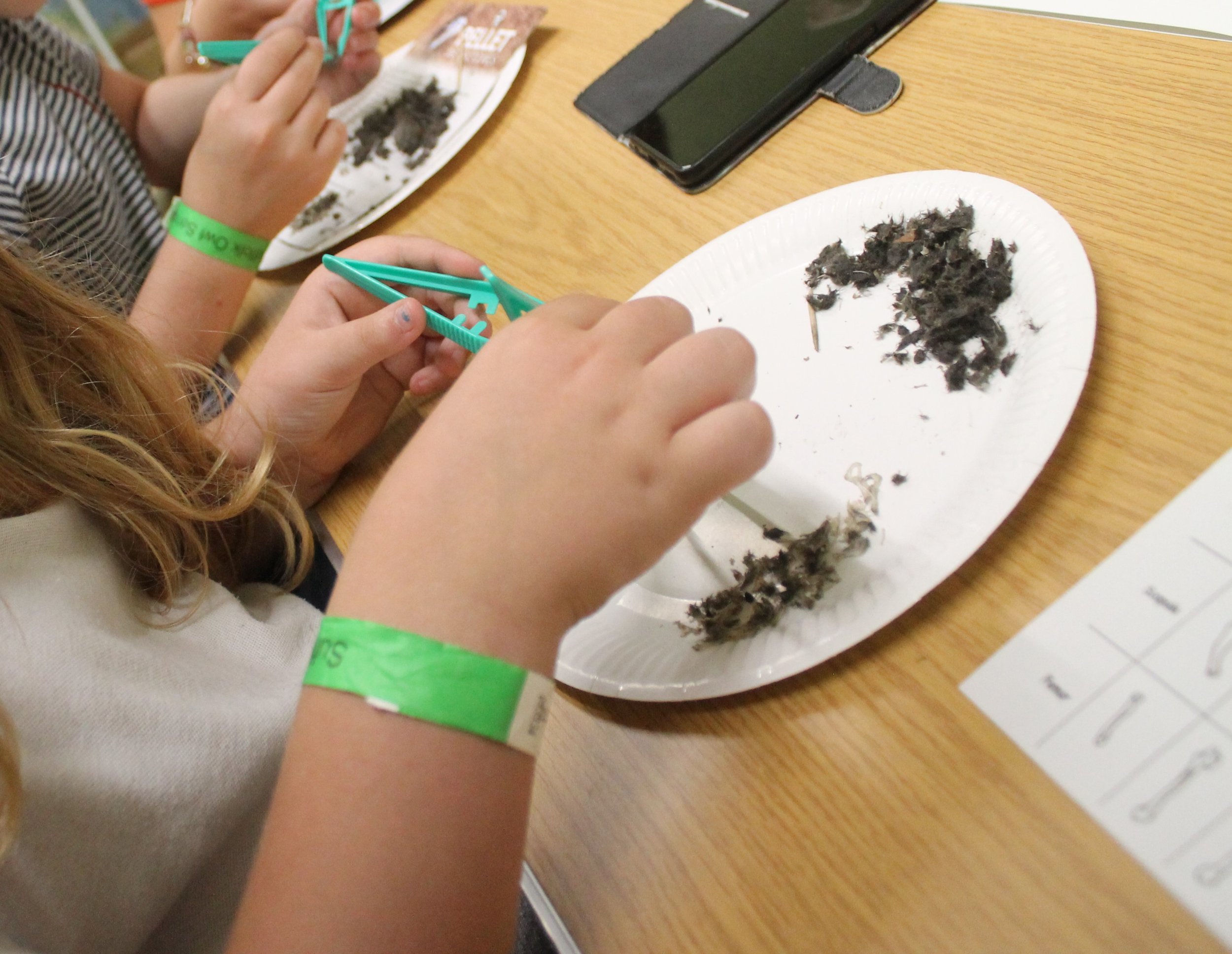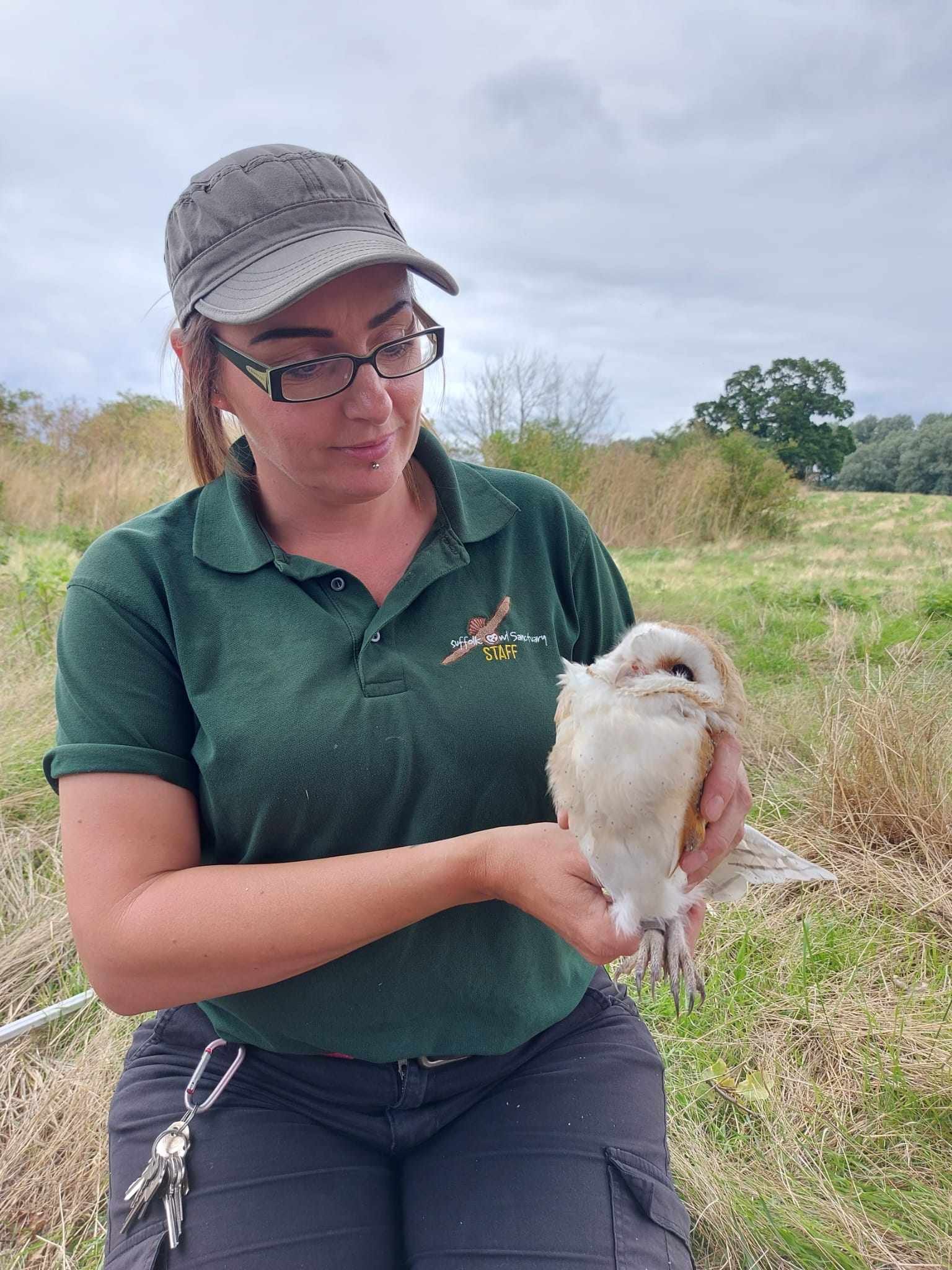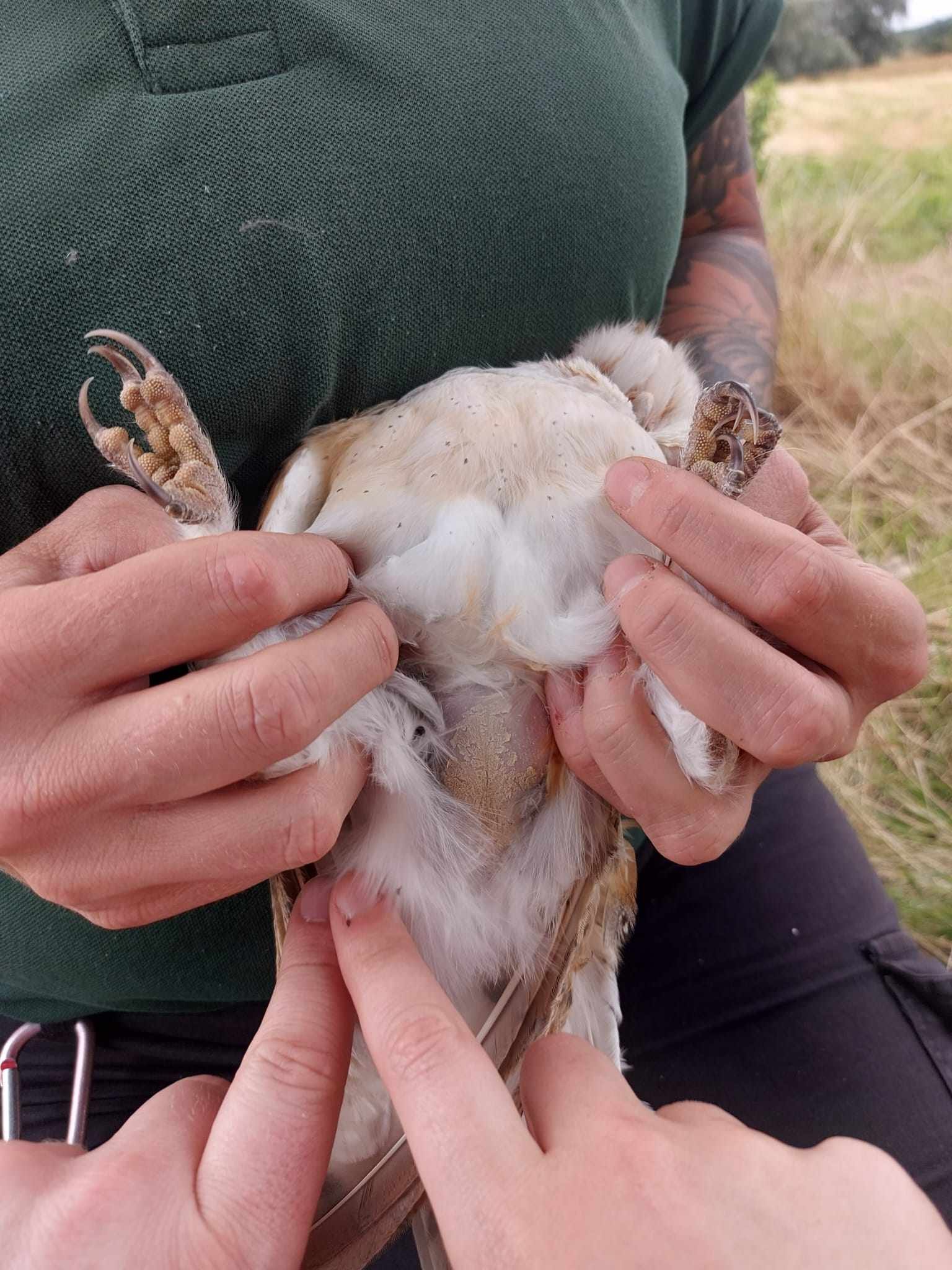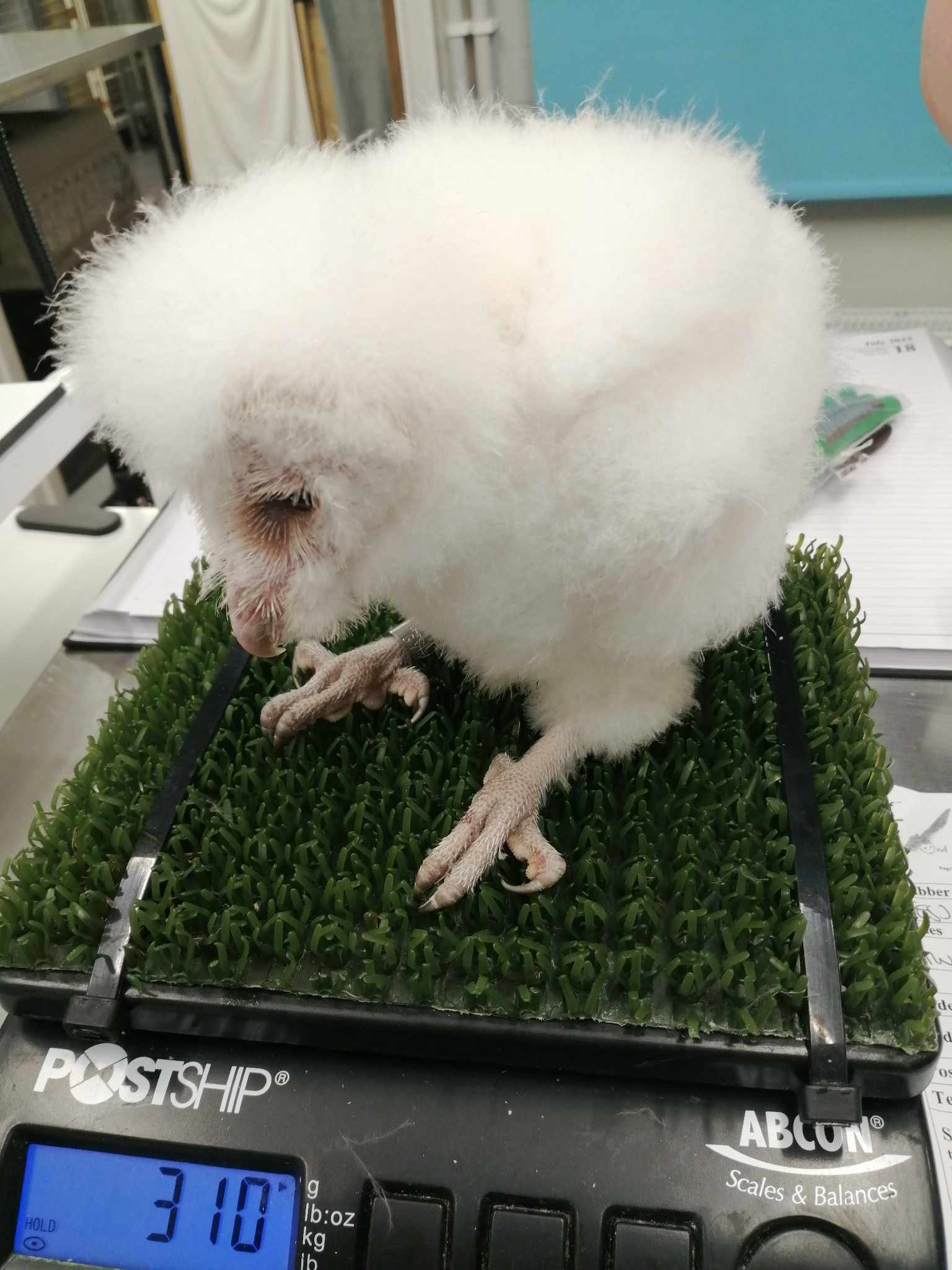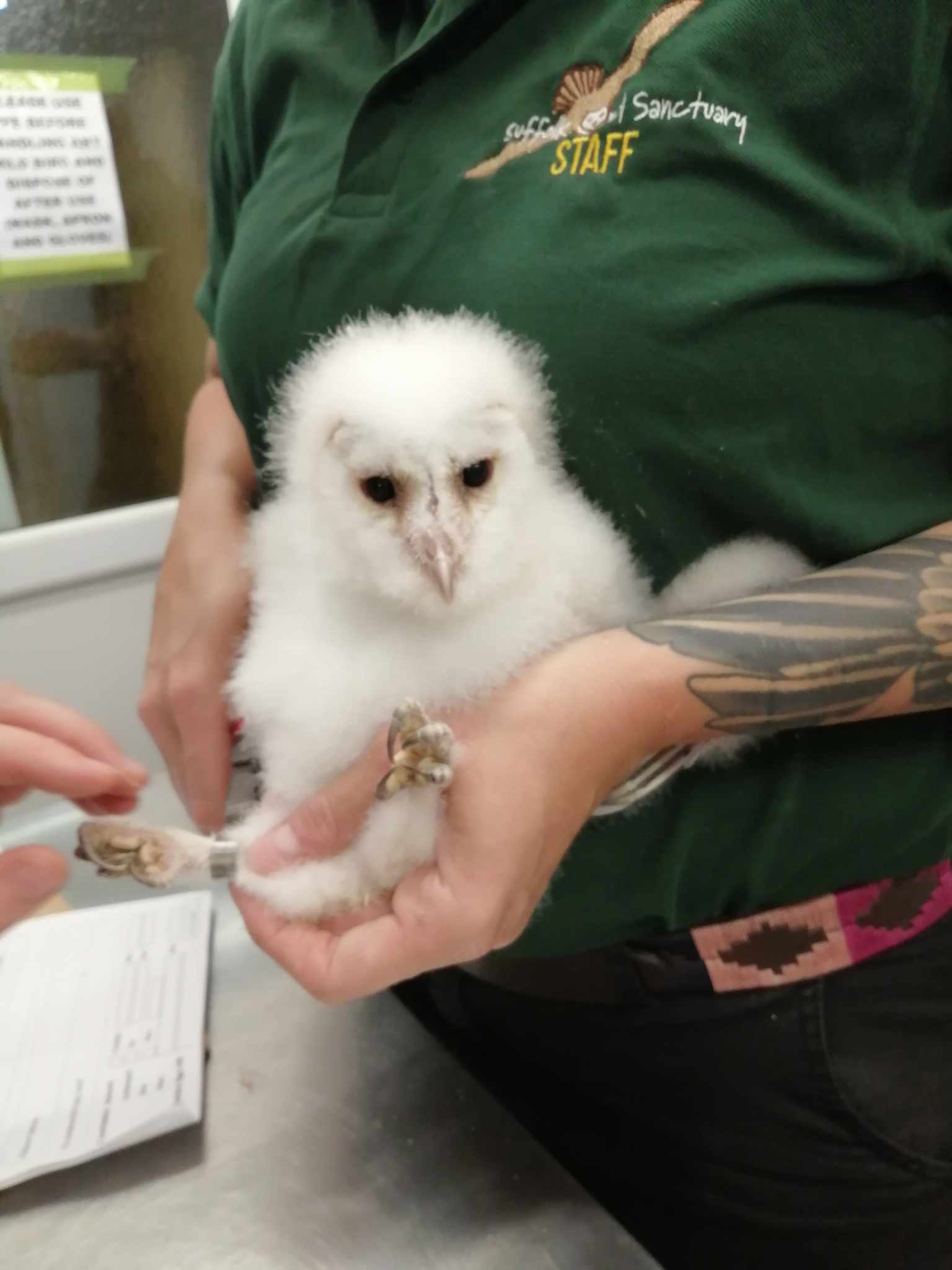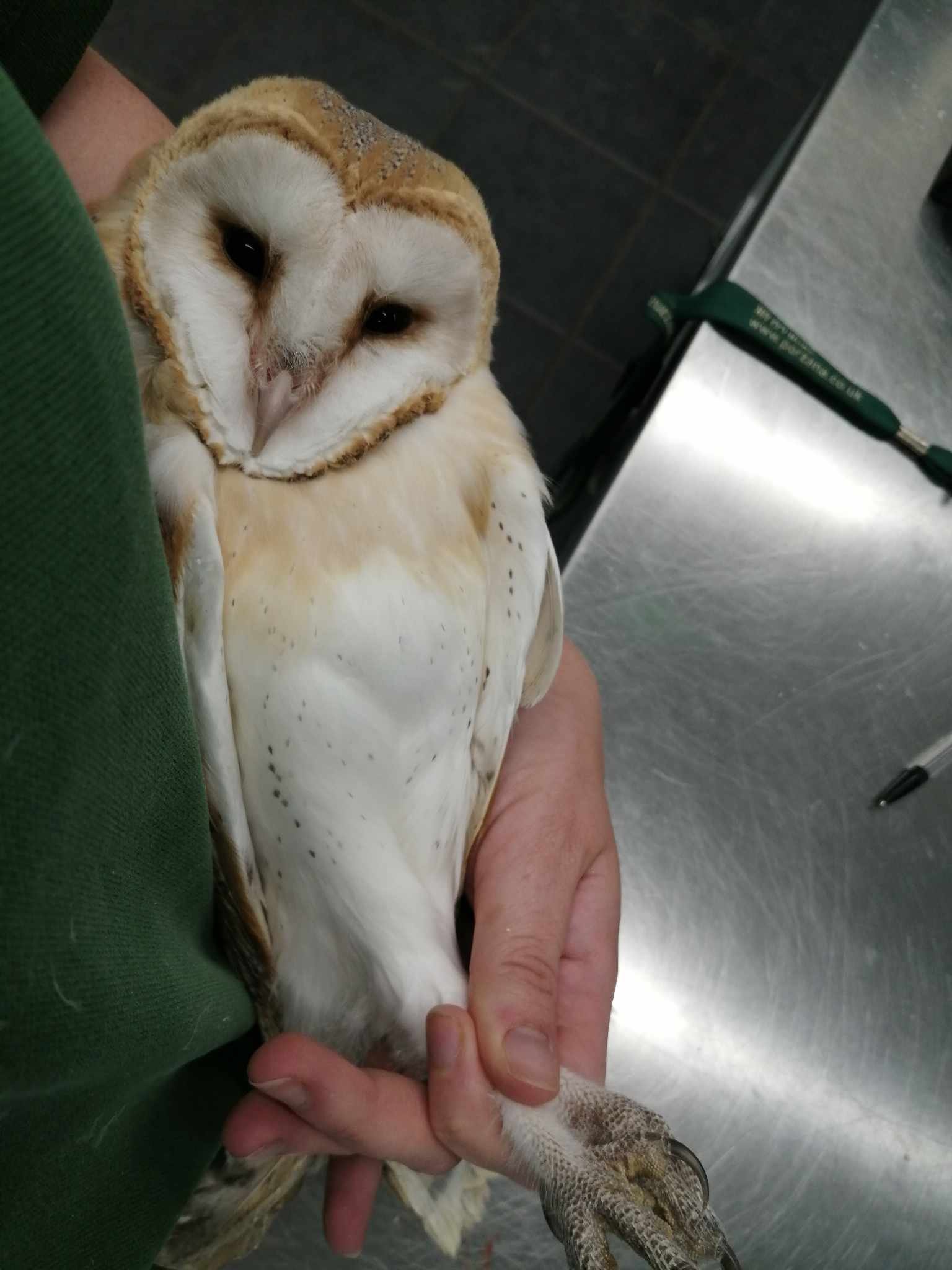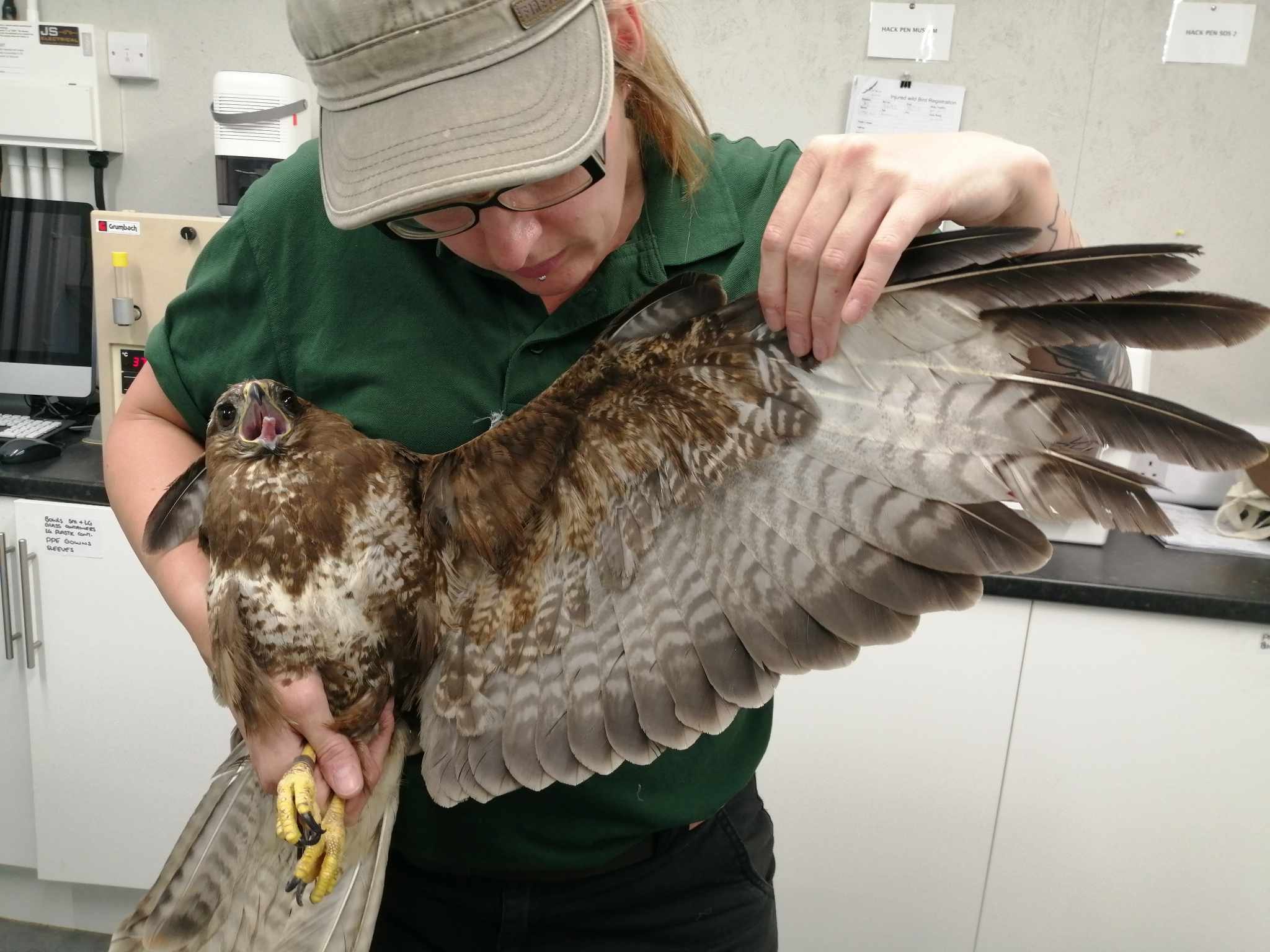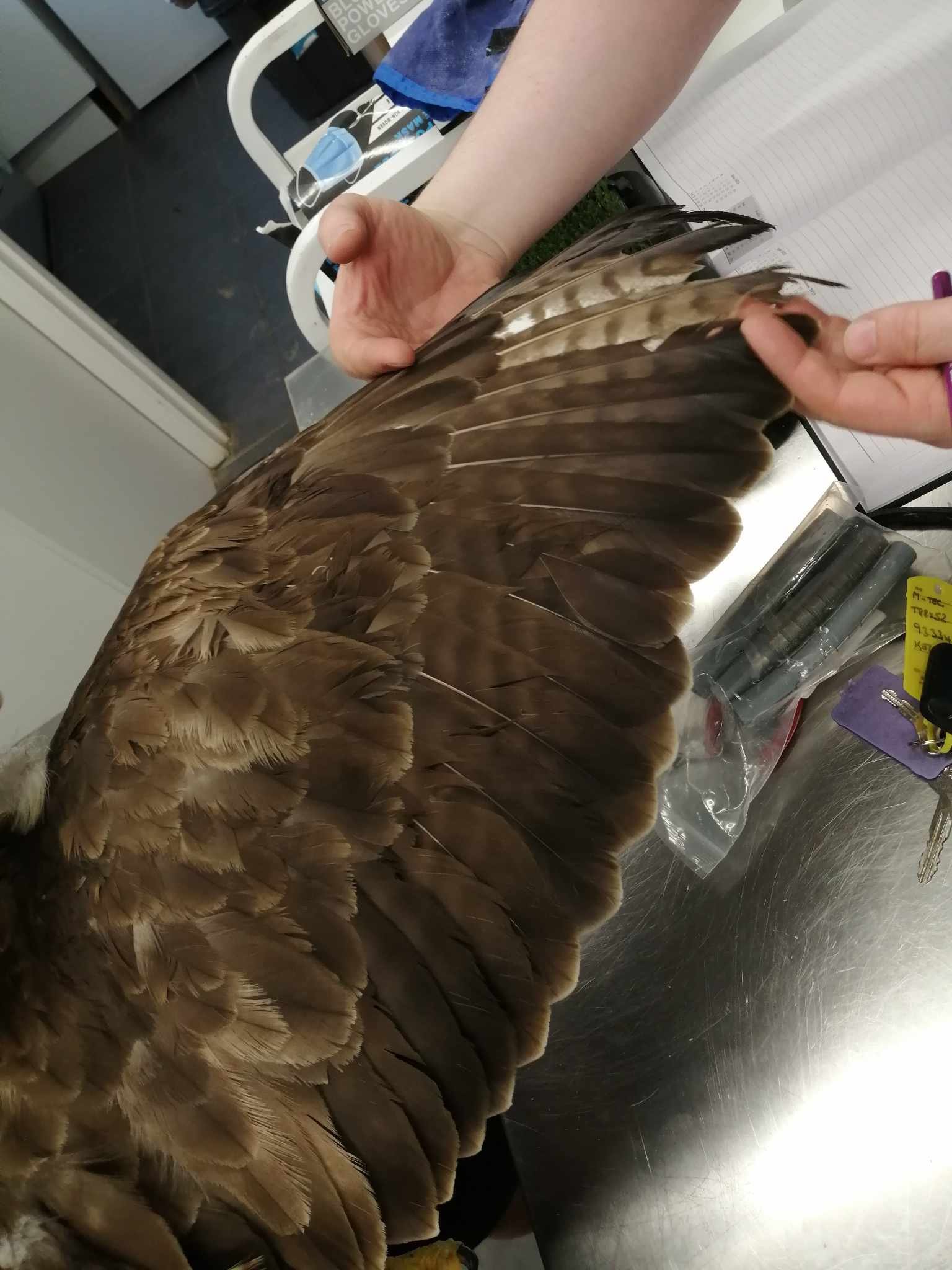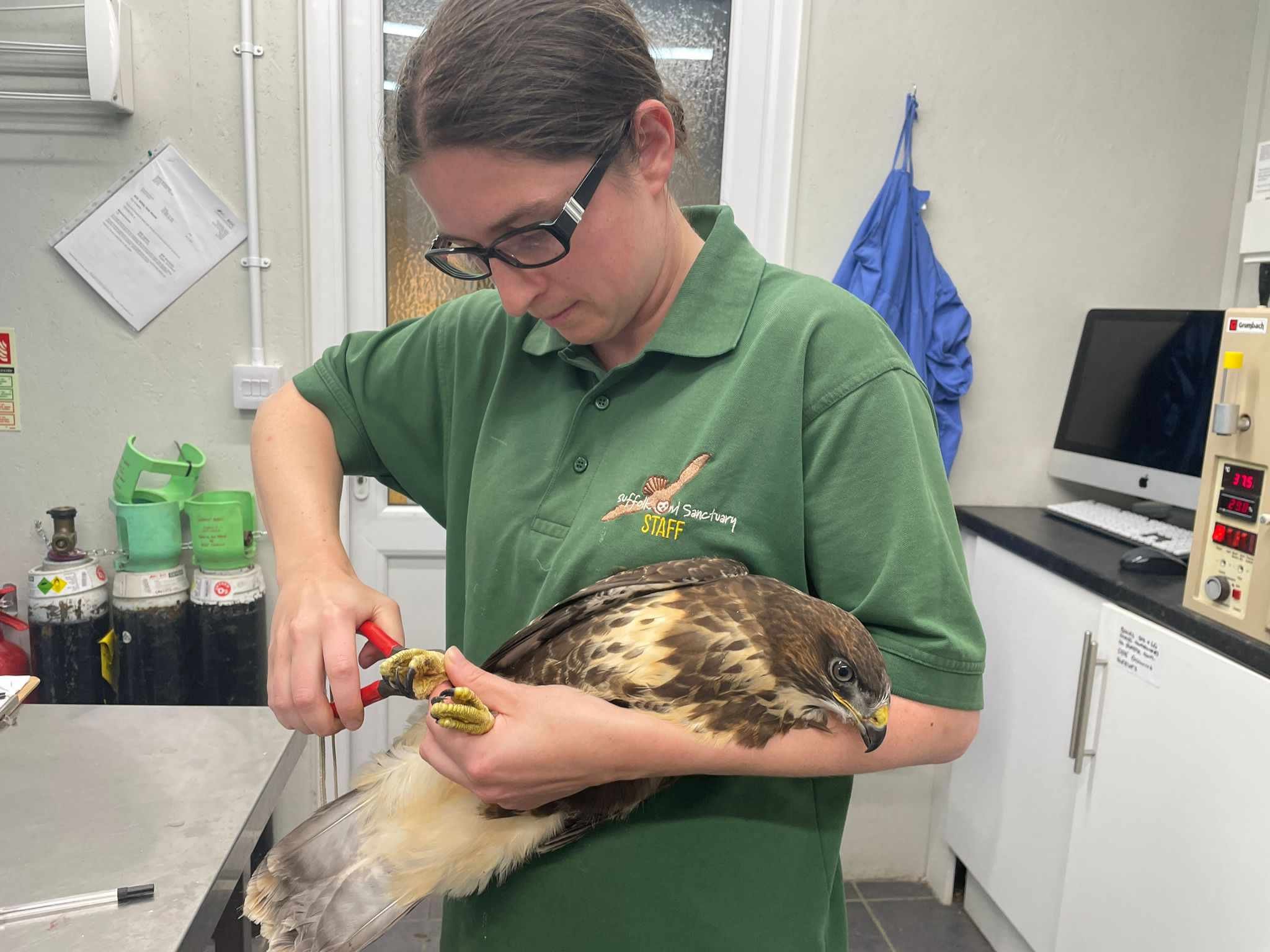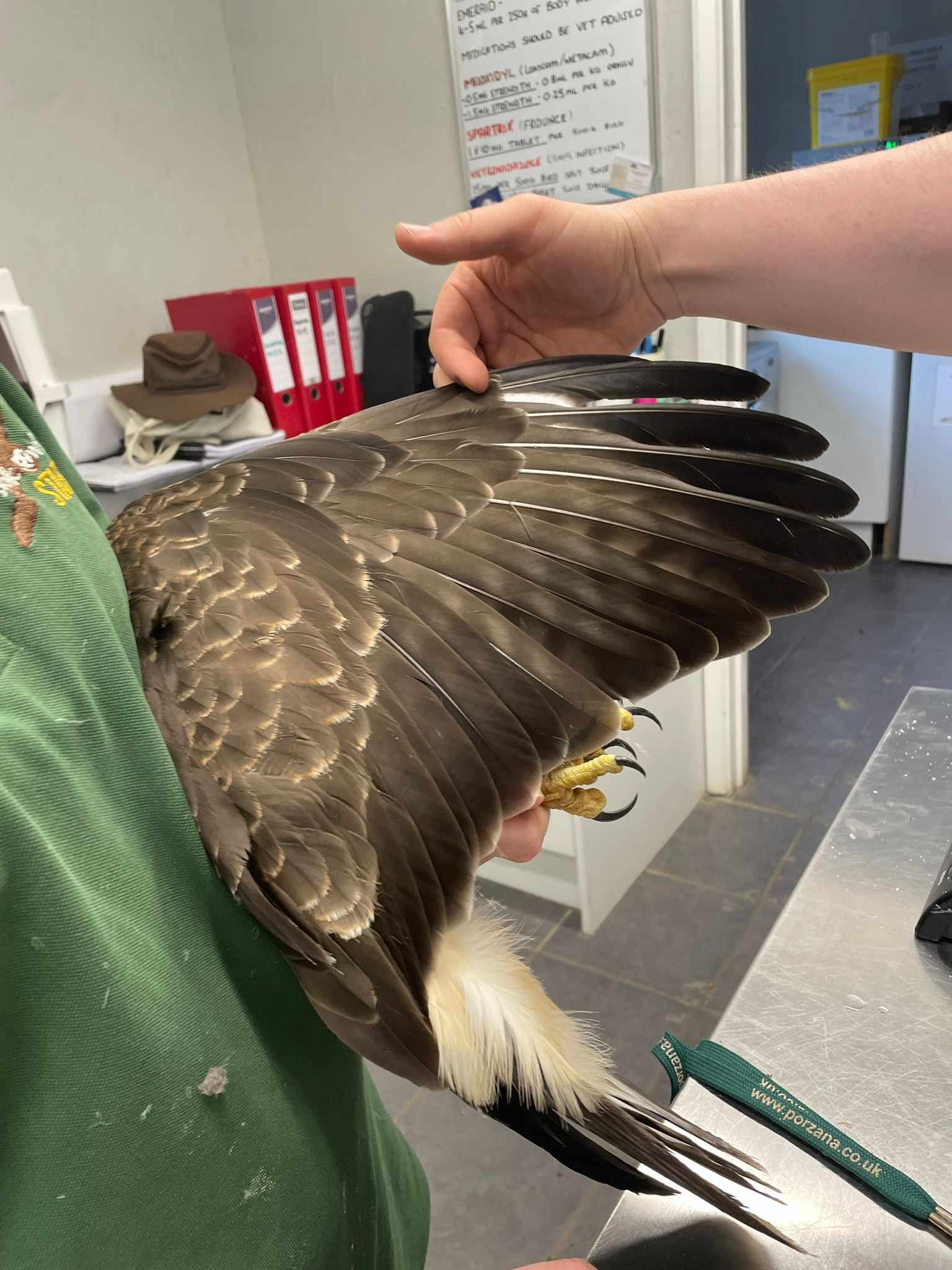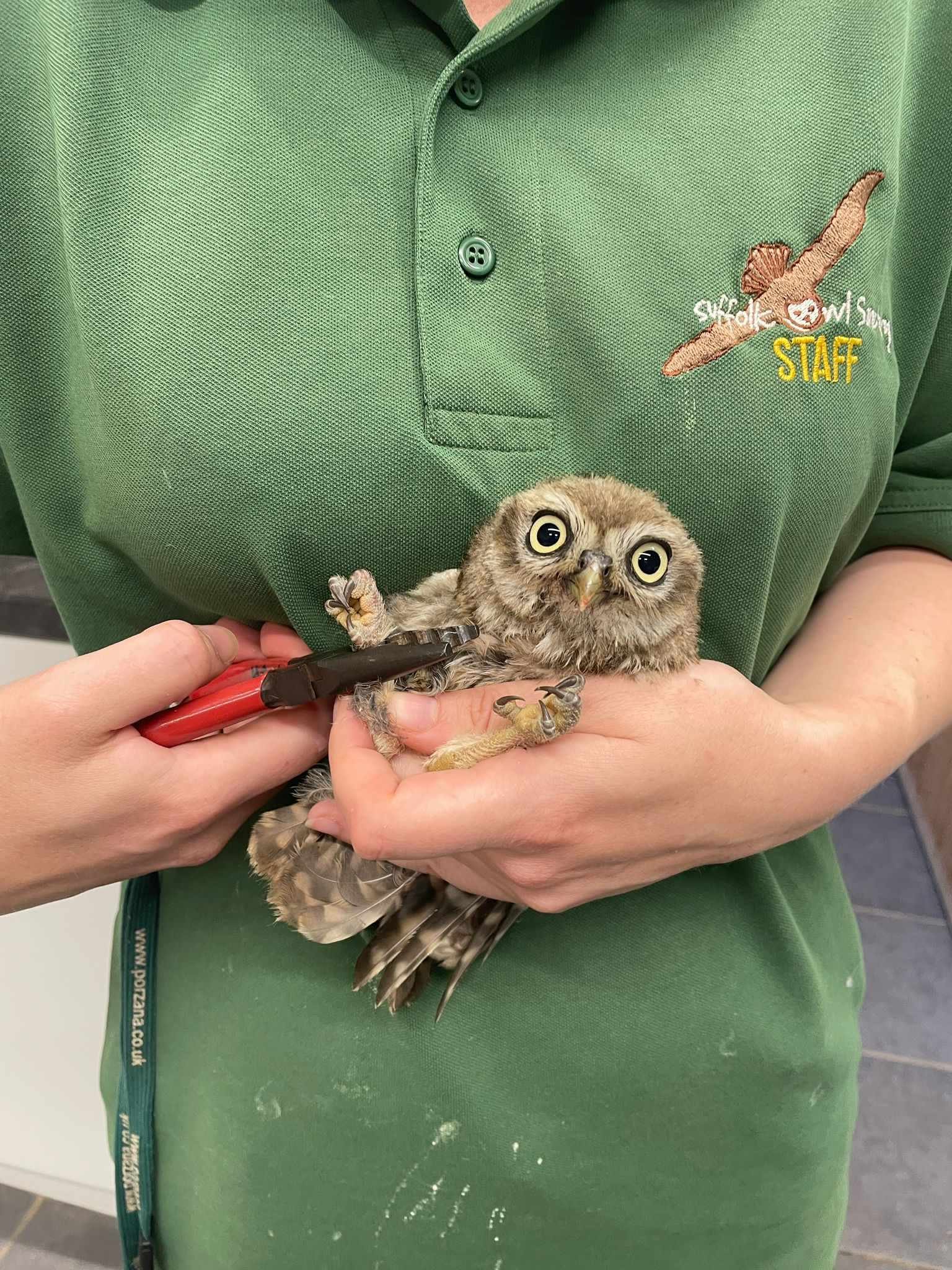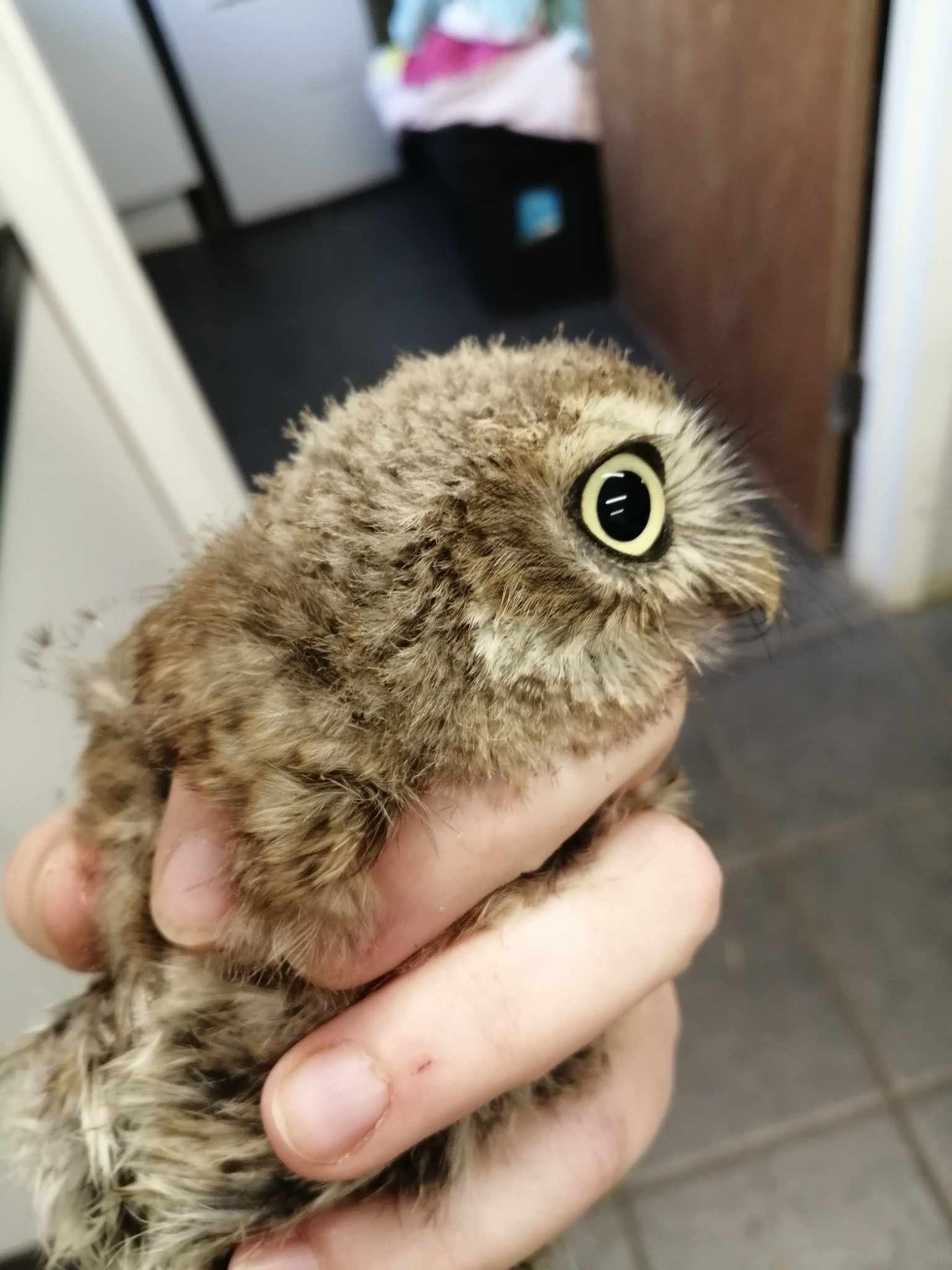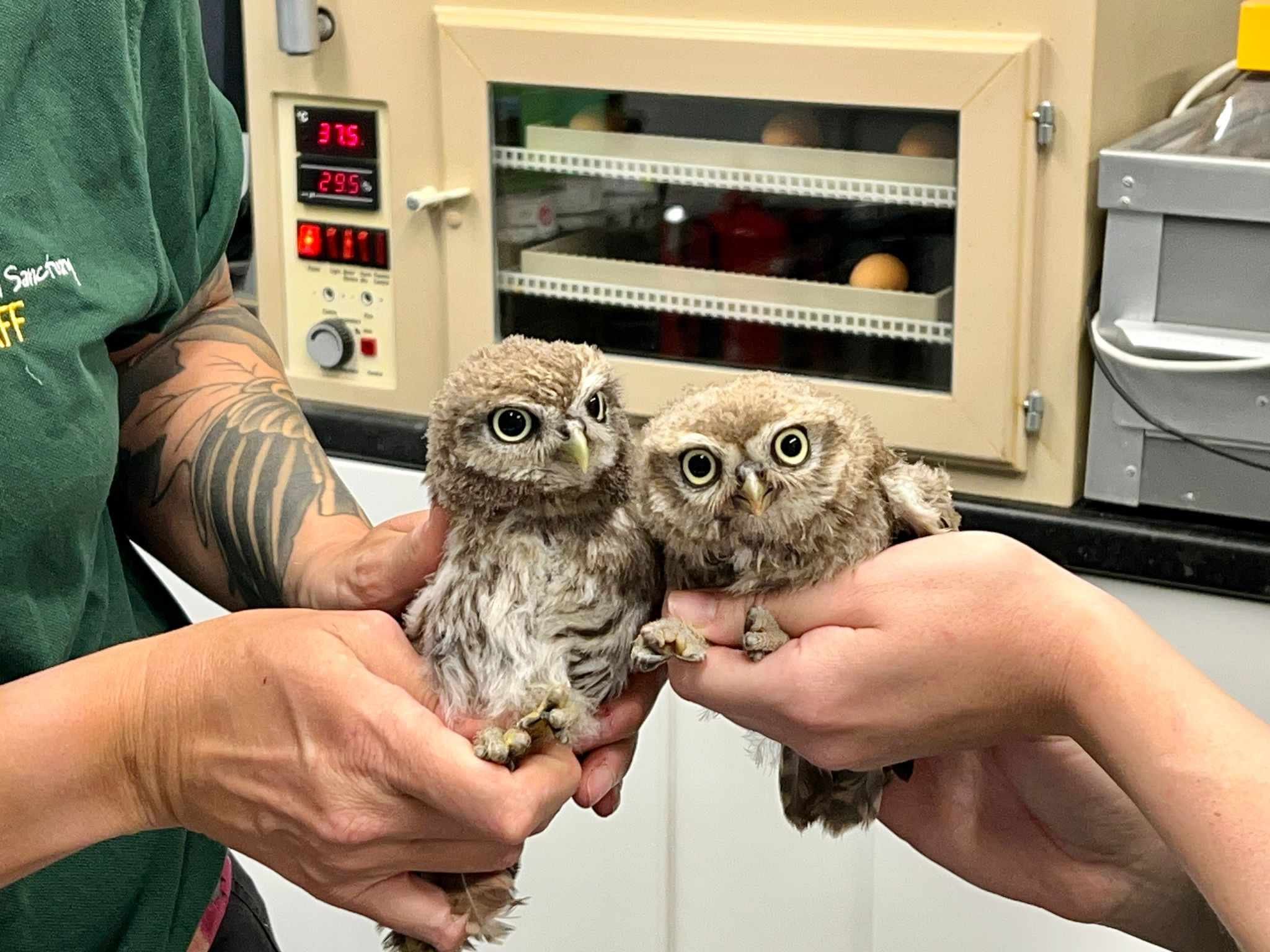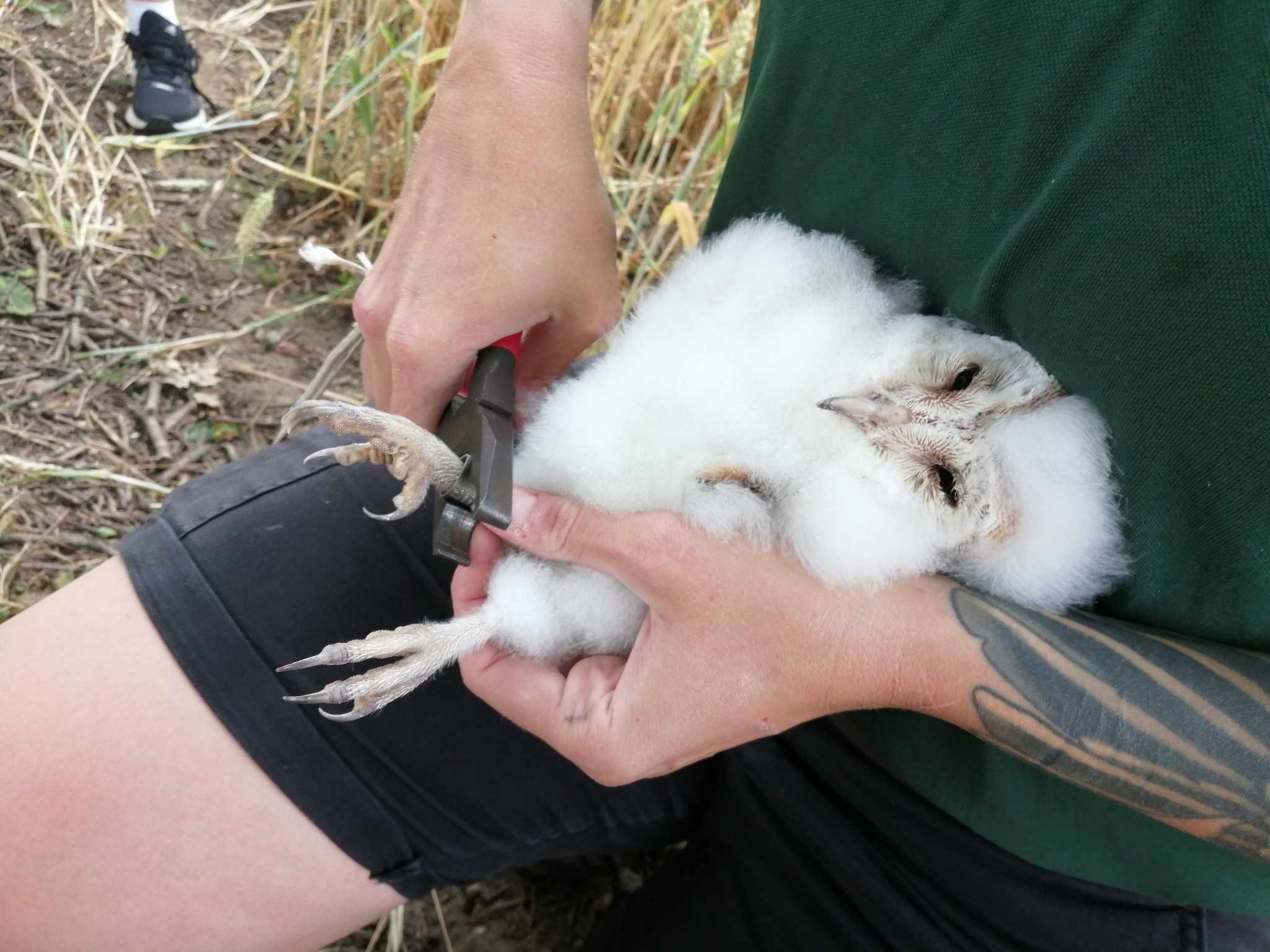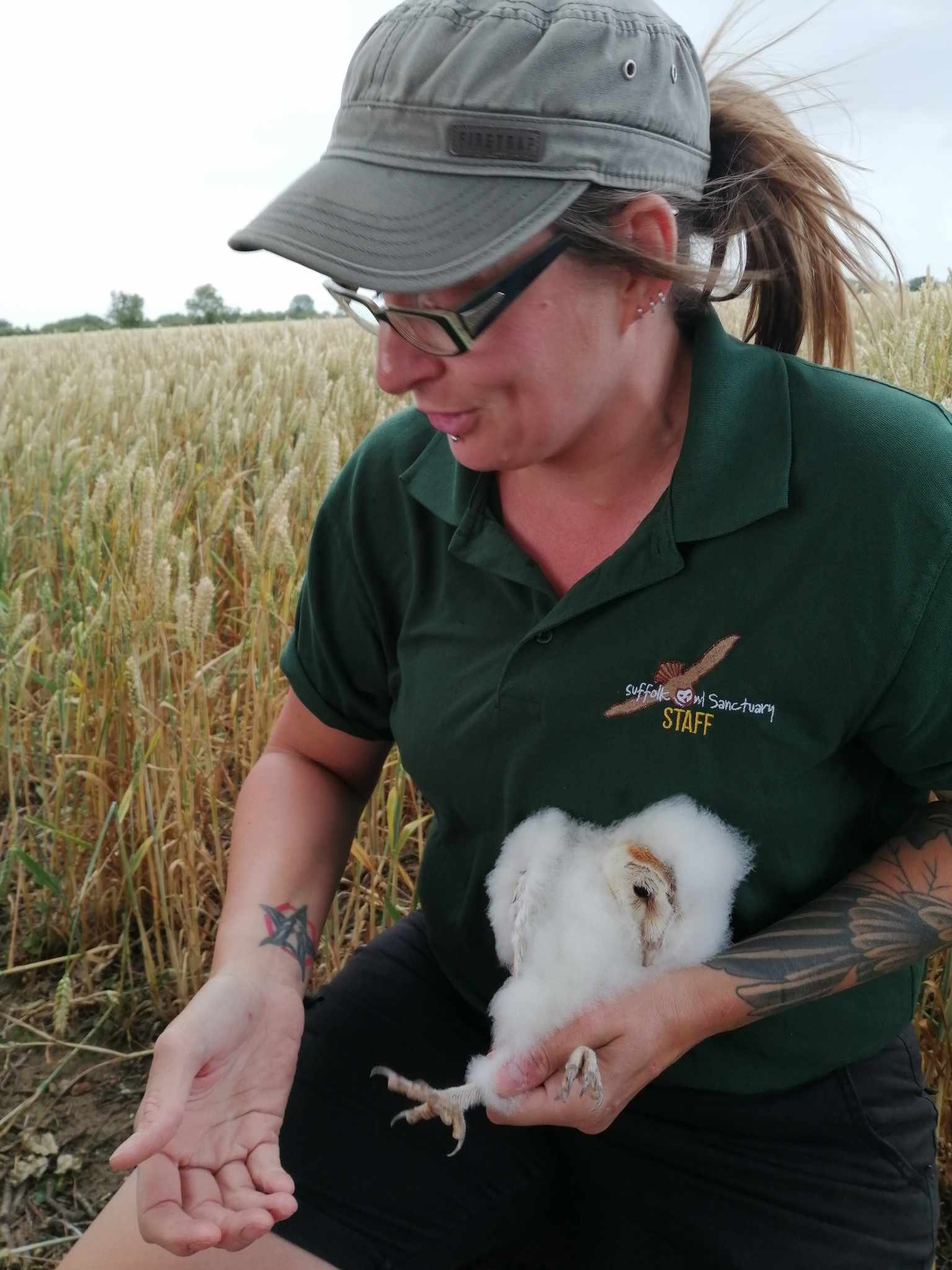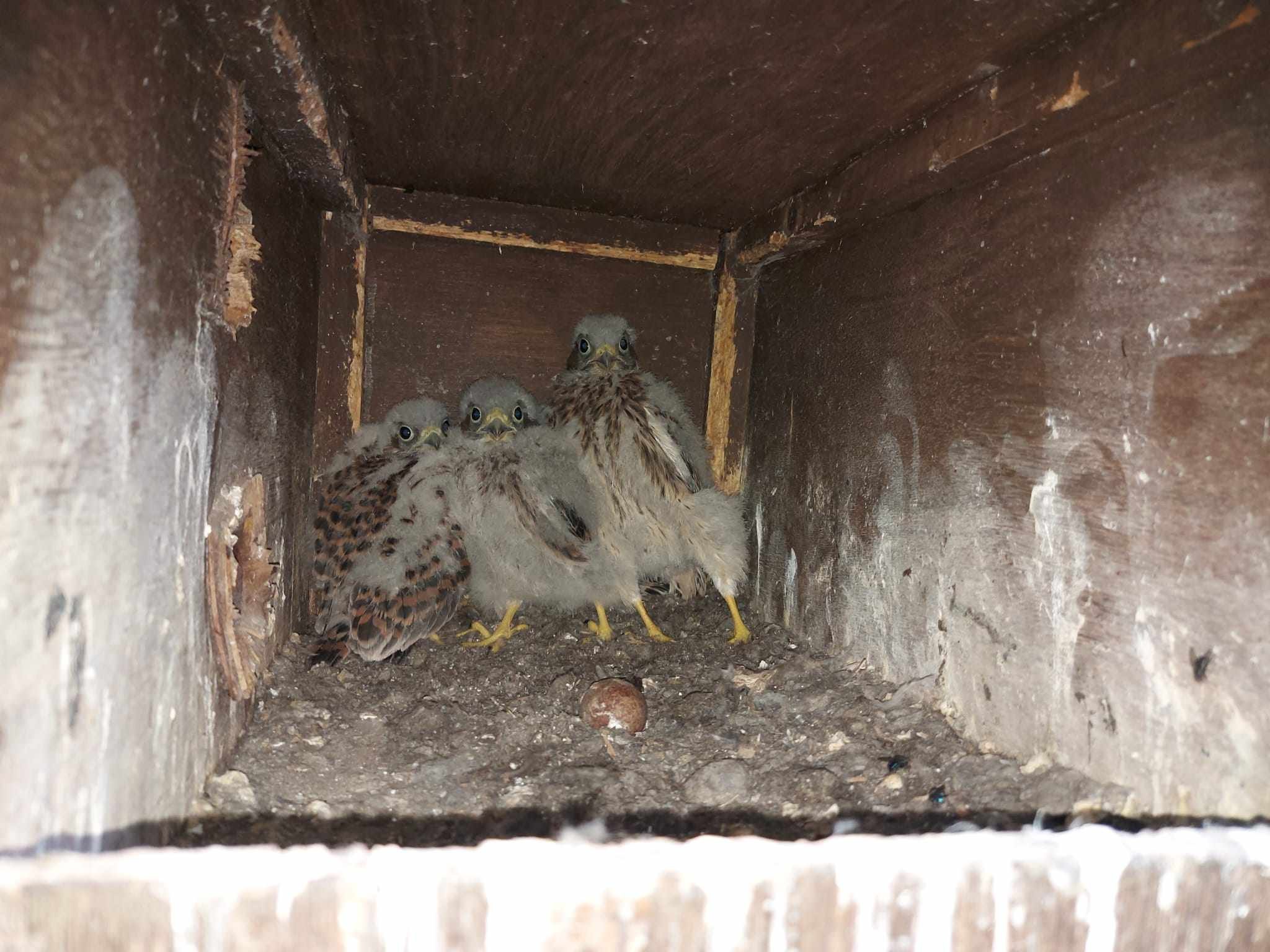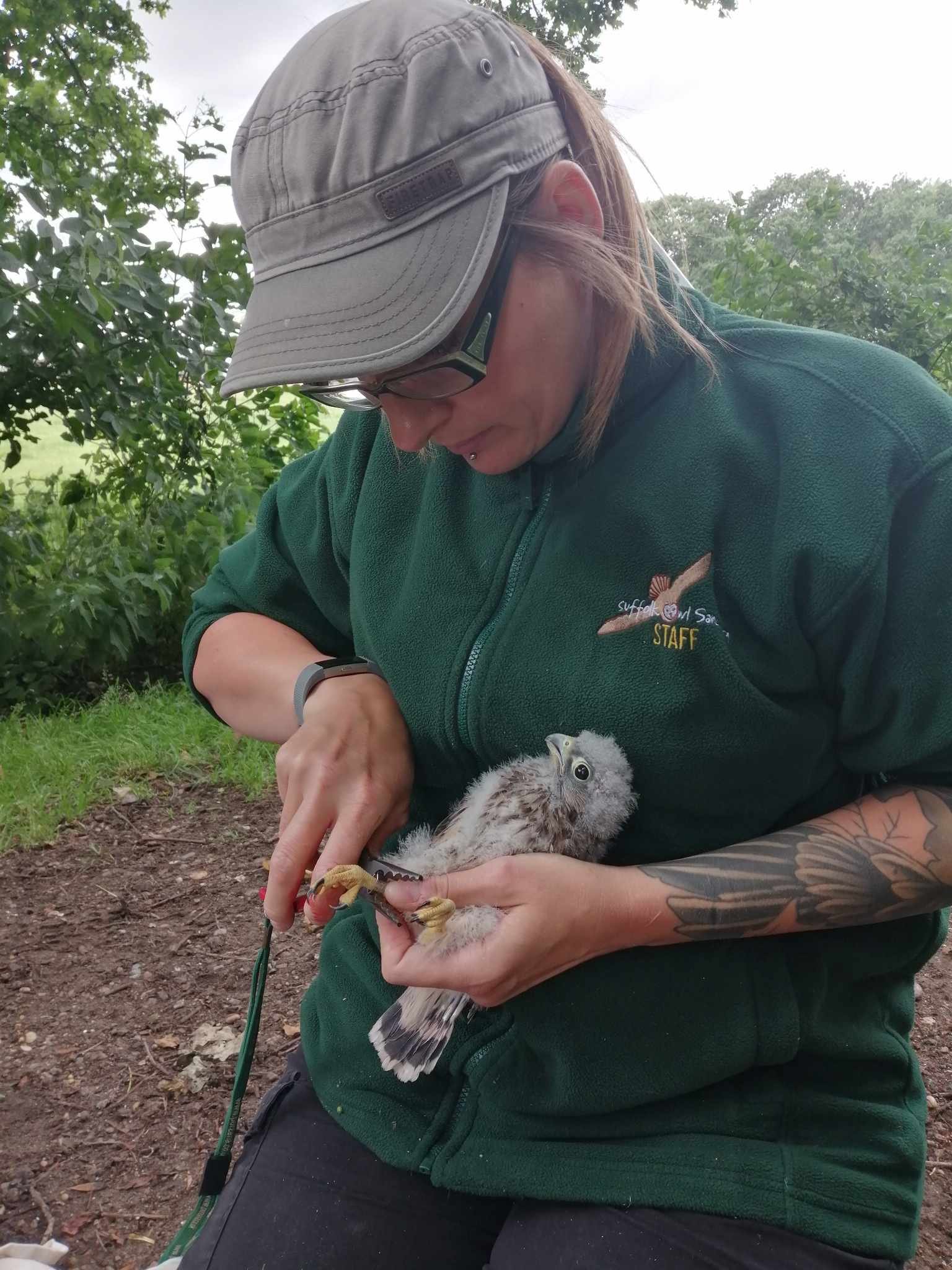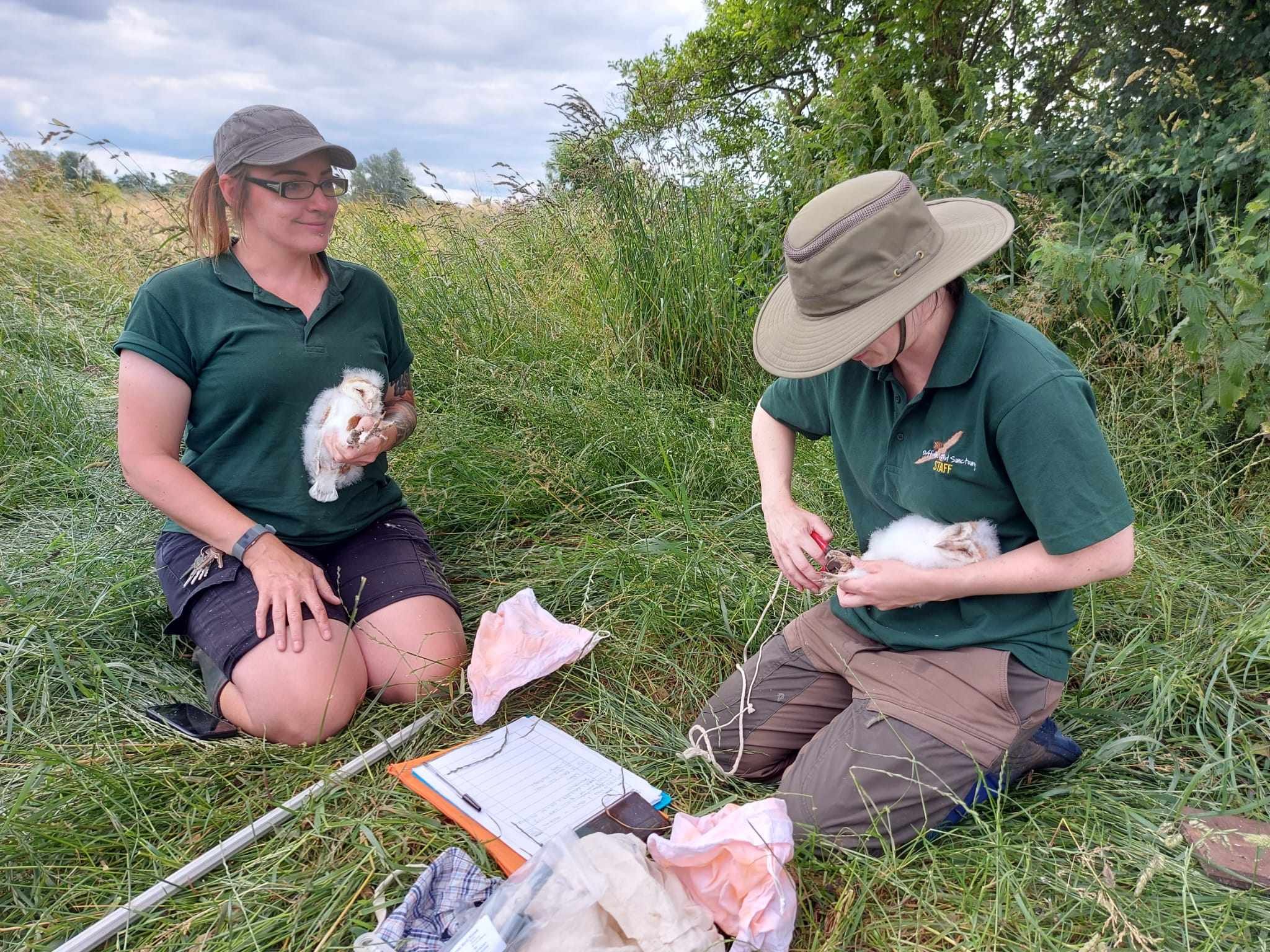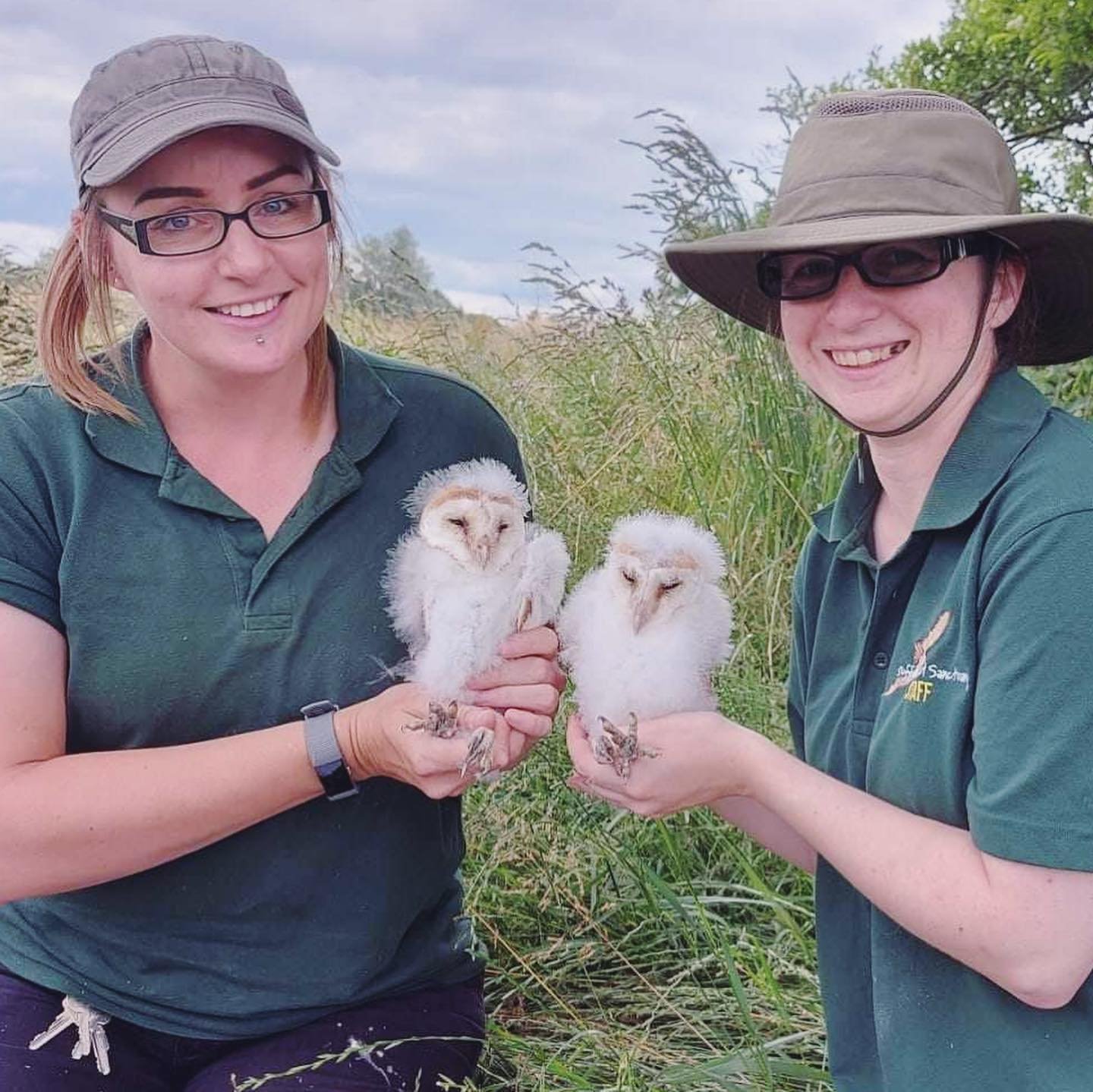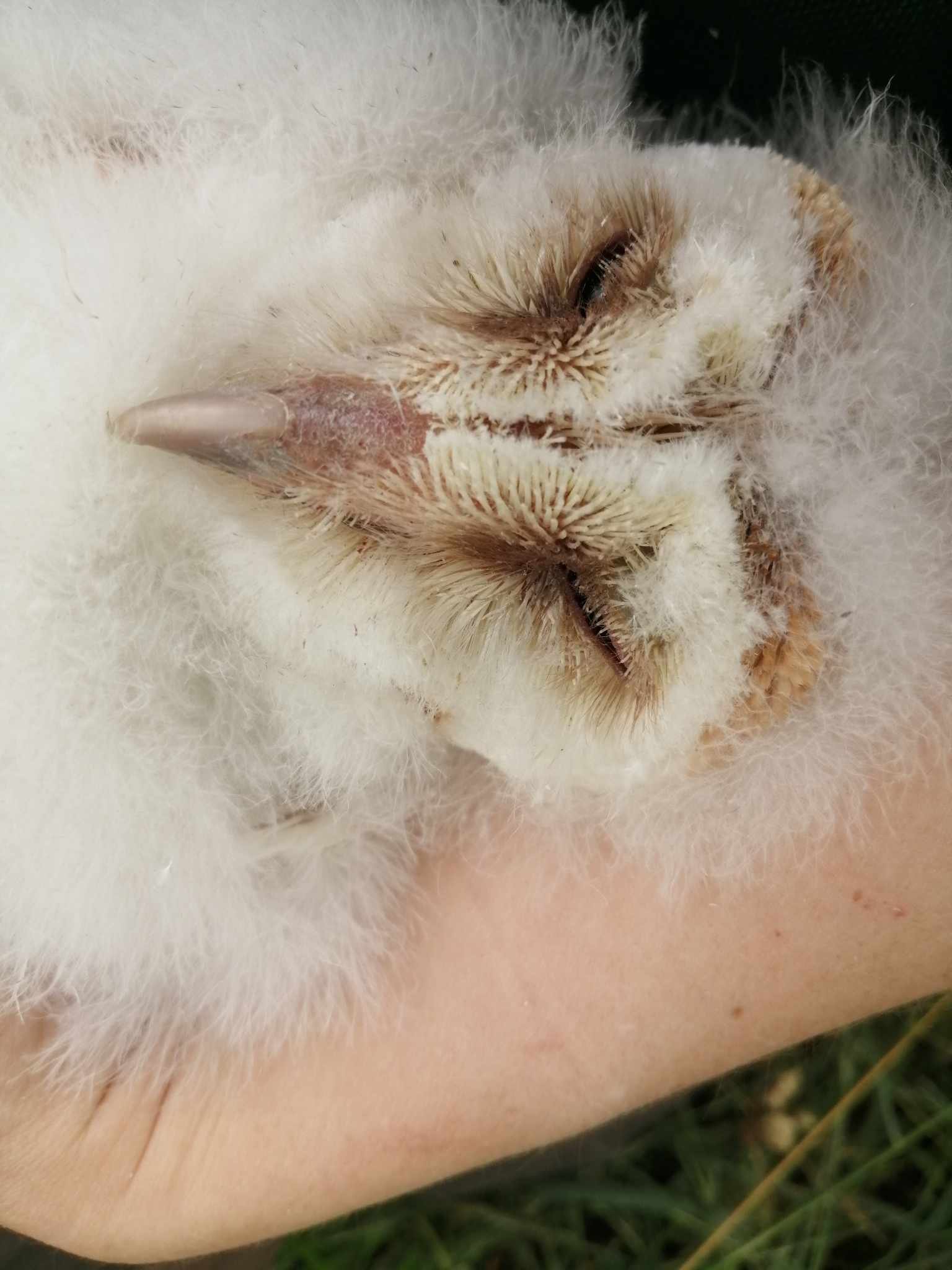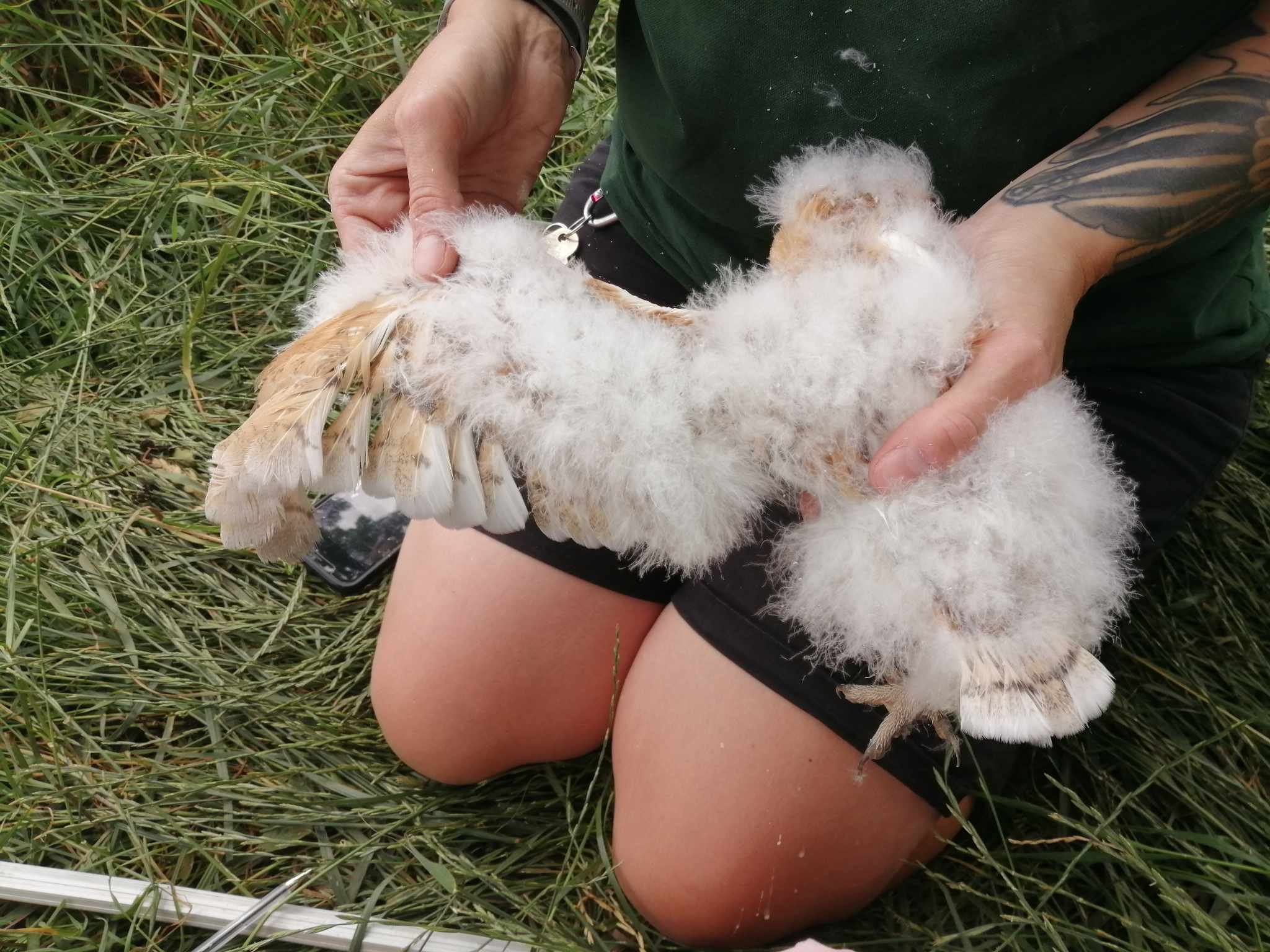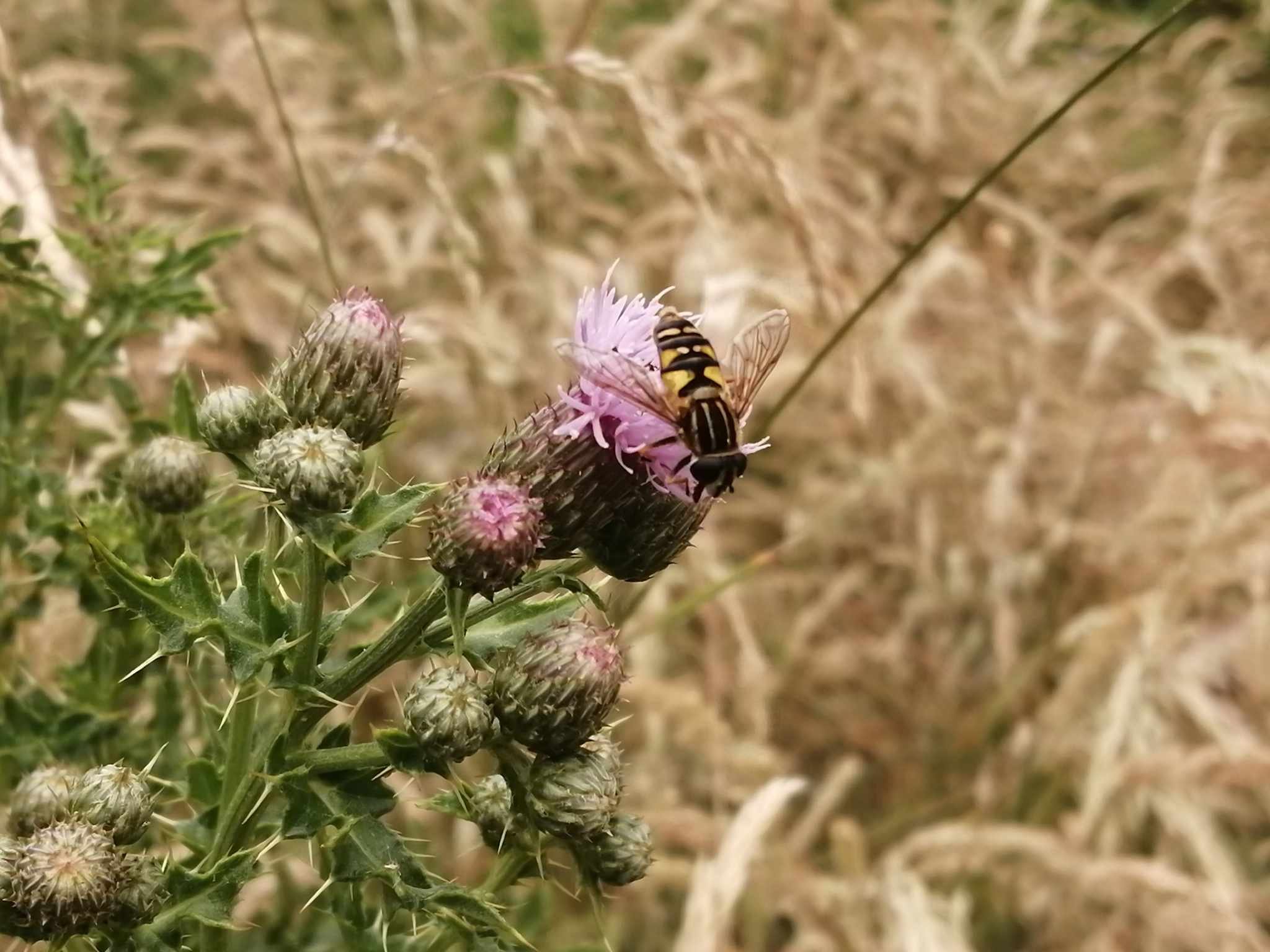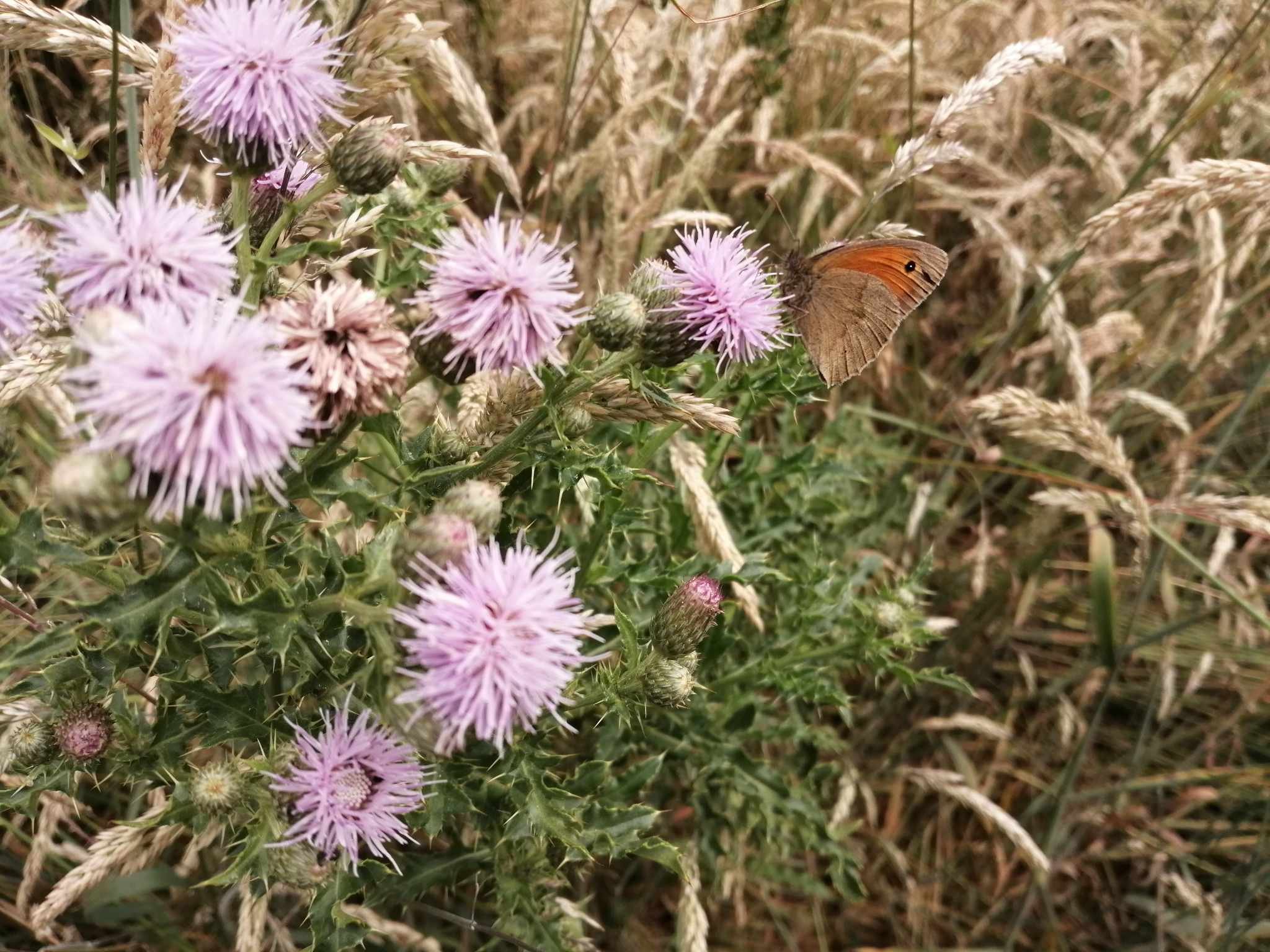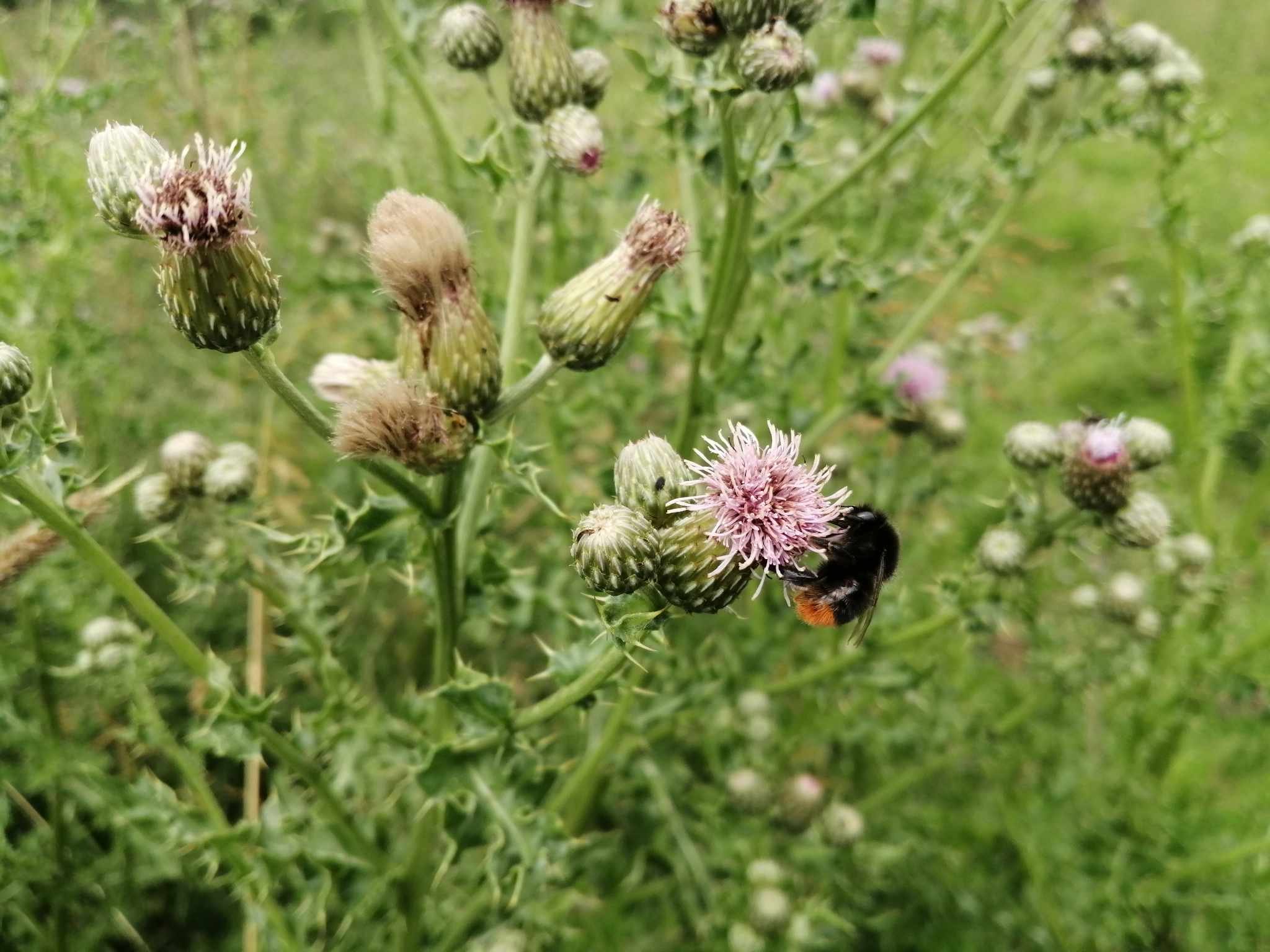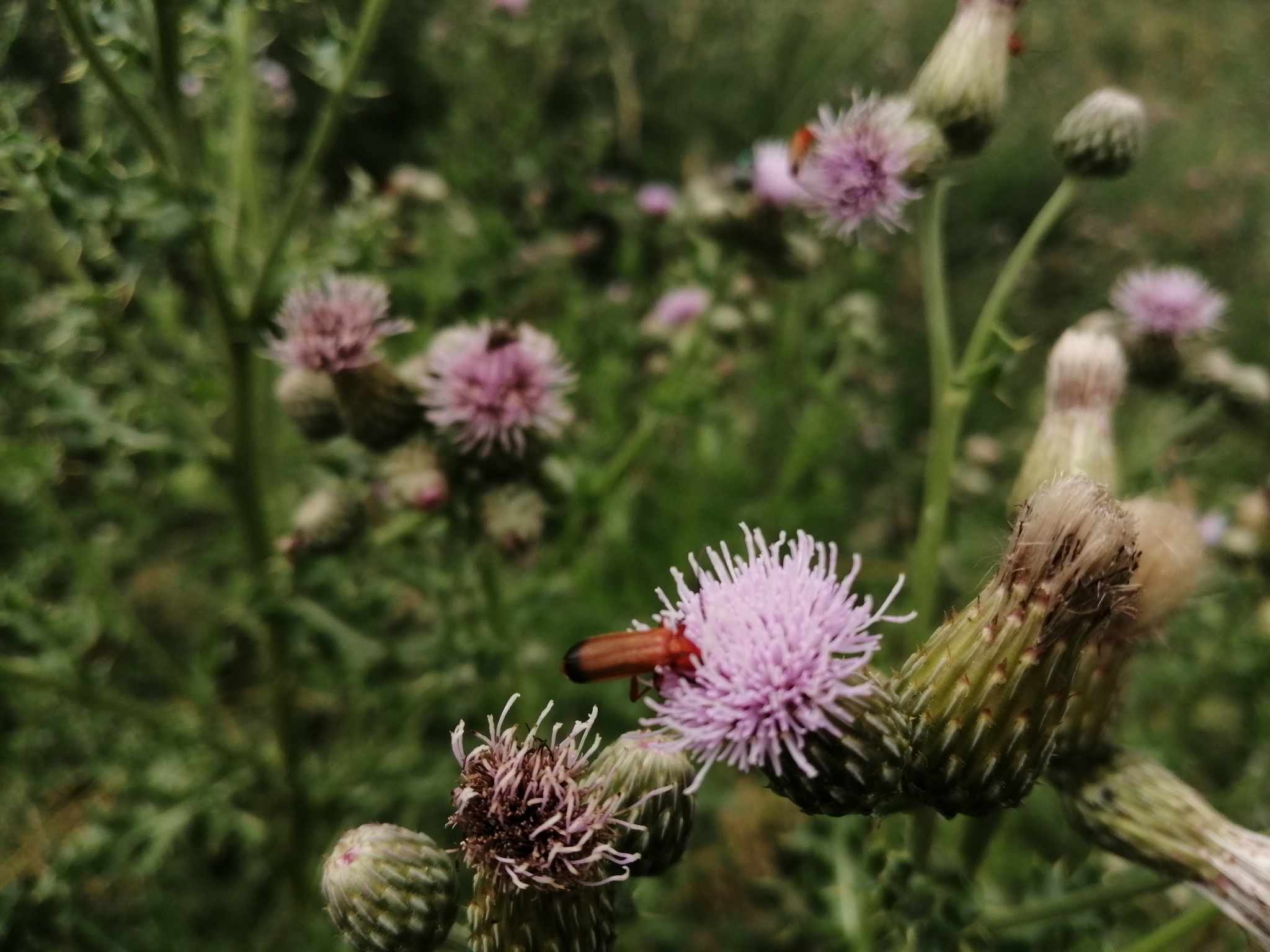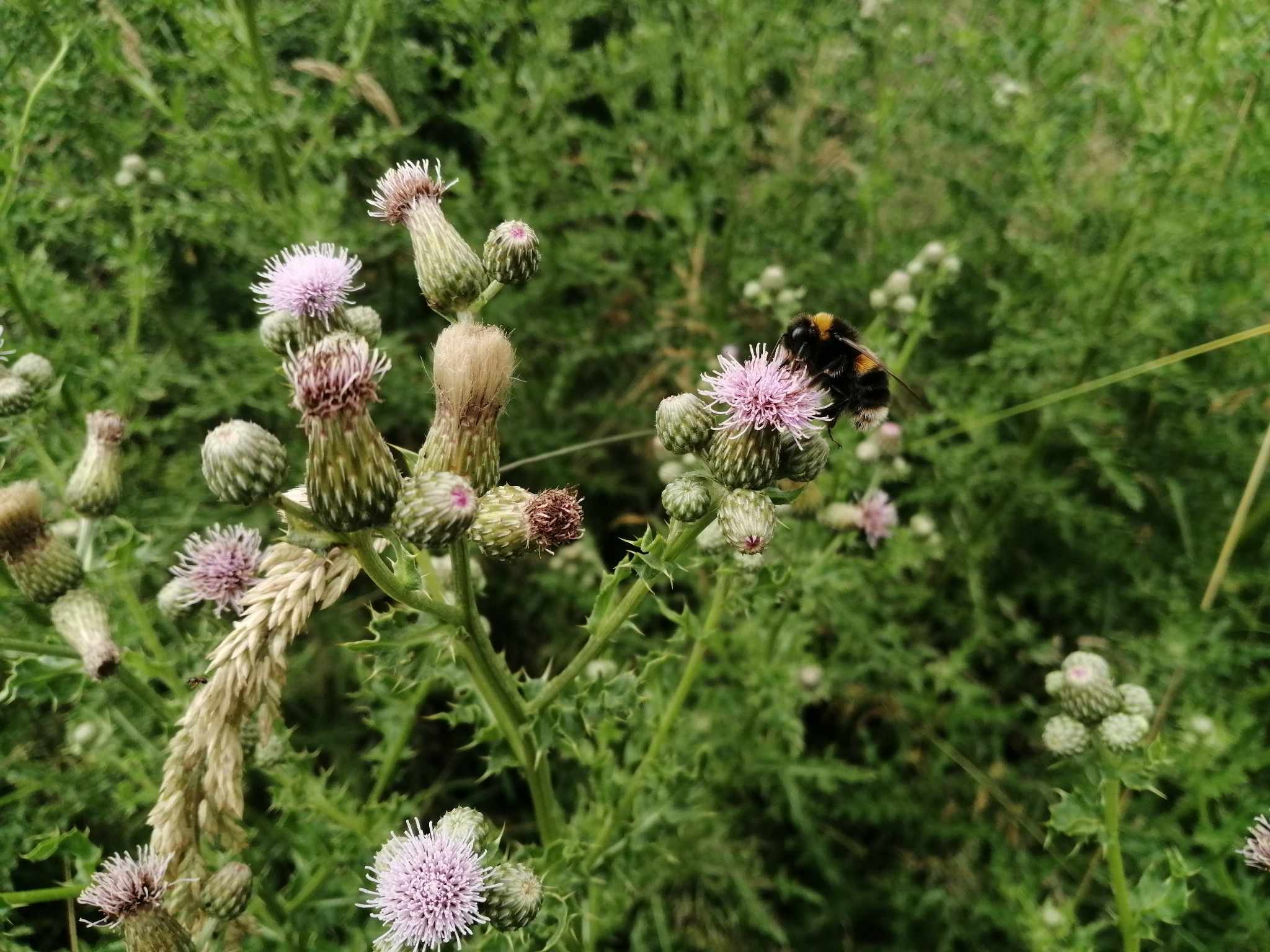Towards the end of the summer we welcomed several groups of Employer Supported Volunteers from local companies. Each team was tasked with helping us out with various big tasks that had been saved for such occasions, and they all worked very hard!
Here’s a run through of what they got up to!
Willis group came in and were set the challenge to remove our Maze. Working alongside our staff, the group worked incredibly hard to clear the brush as it was cut!
SUEZ group came on two dates, with one group helping to tidy and paint the front of our Owlbarn Offices. The second group were put to work in our Woodland Walk, helping to clear the area ready for us to rebuild the old Squirrel enclosures.
CEVA logistics brought a big team, who were able to give a fresh lick of paint to our Feed Room and the visitor side of our Hospital Aviaries.
Painting jobs may not sound like an important task, but it is important to maintain all of our areas so that they are weatherproof and easy to keep clean, both for the hygiene of our facilities and so that it looks good for visitors.
Volunteer Coordinator Beckie said “We are so grateful to all of our ESV groups who have taken the time to support us this year. With their help, we have managed to start and finish some big jobs which would have taken our small team many weeks to complete.”












